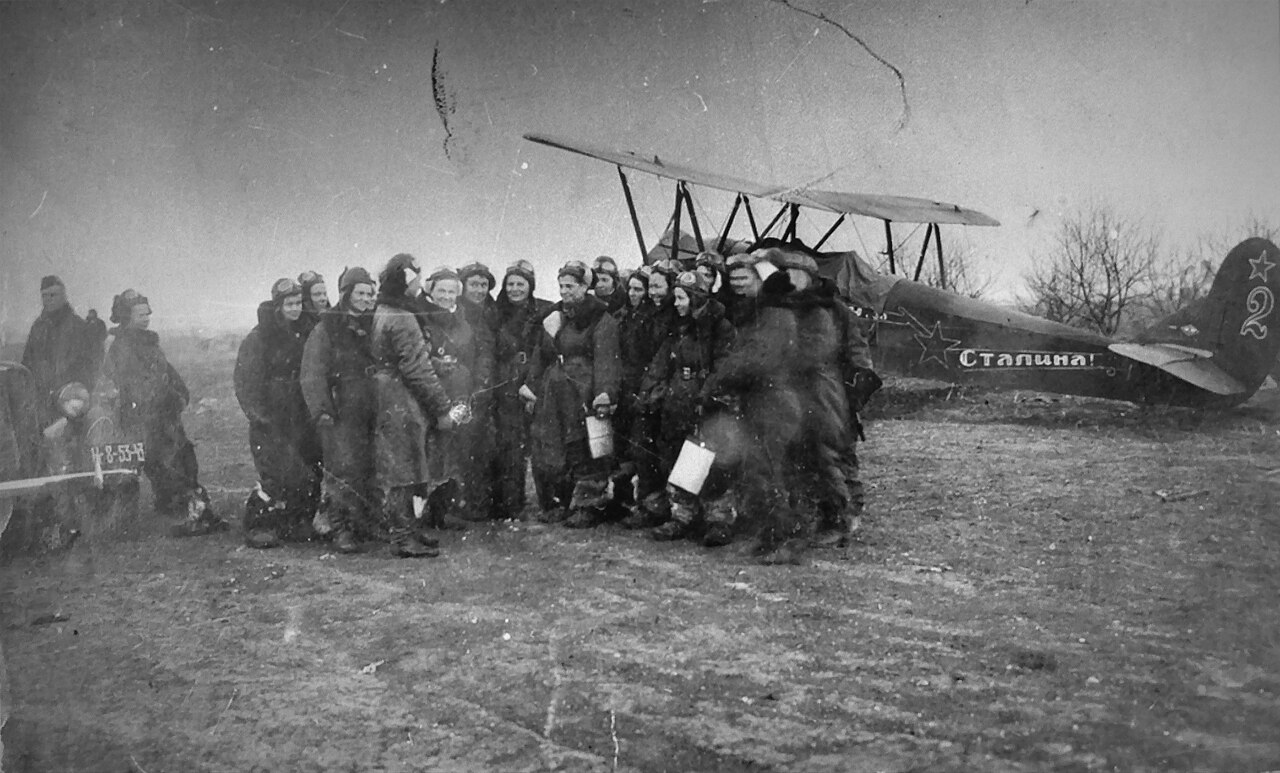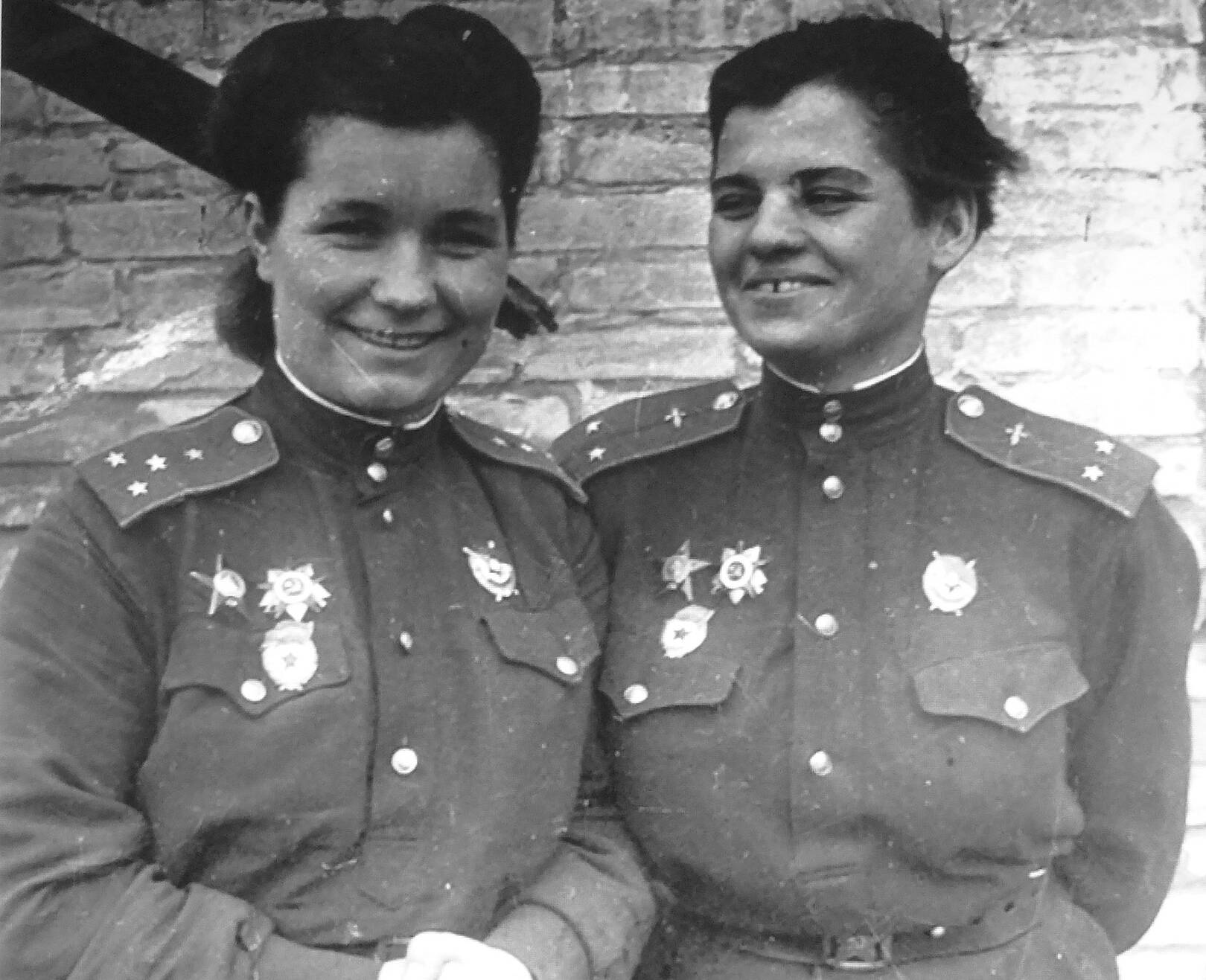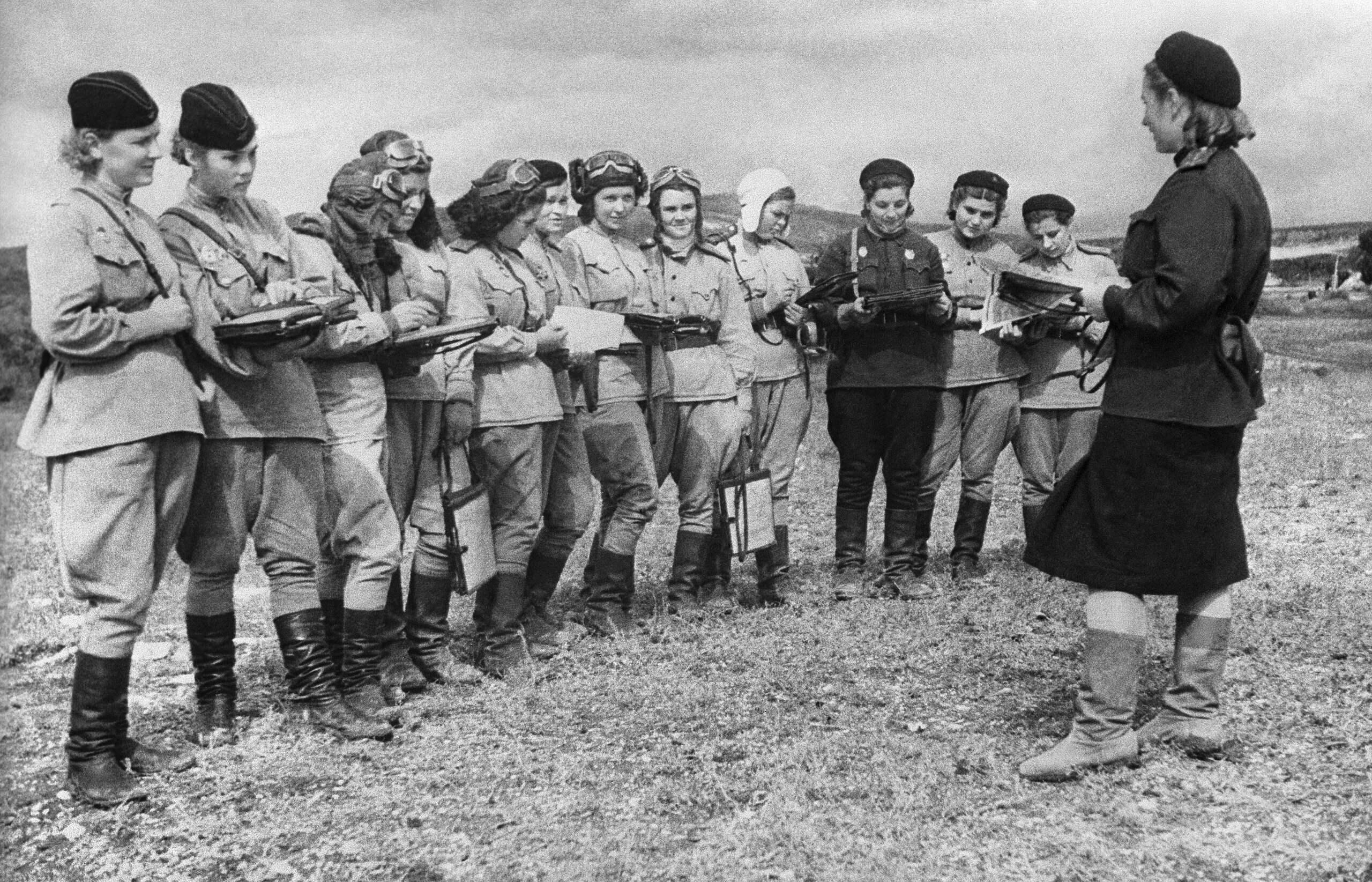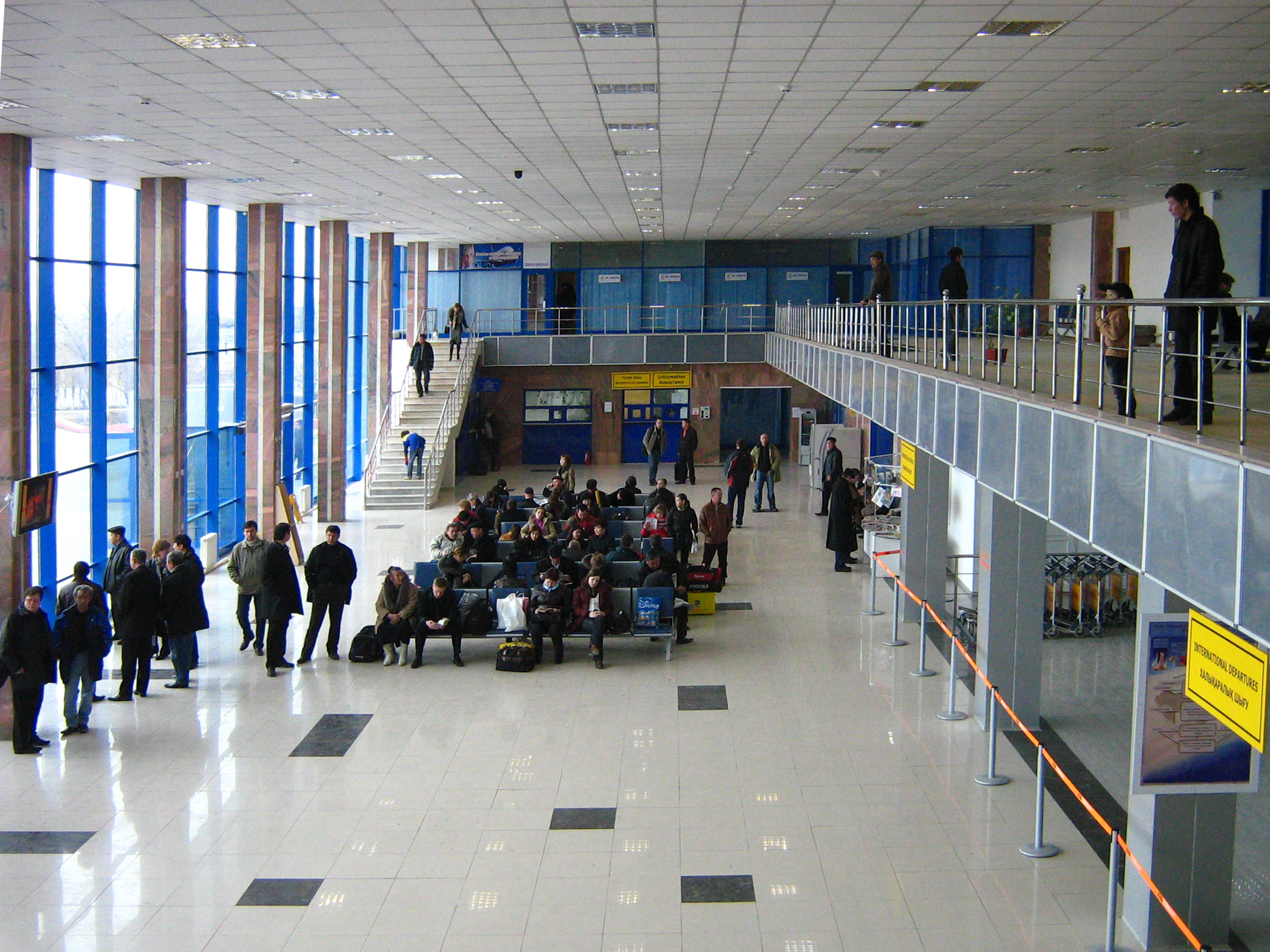The Night Witches
The Western perspective of both WWI and WWII is commonly colored with the fact that women were expected to help at home, or as nurses, but they were not allowed to fight. However, there was a group of women fighting during WWII in Russia: the Night Witches.
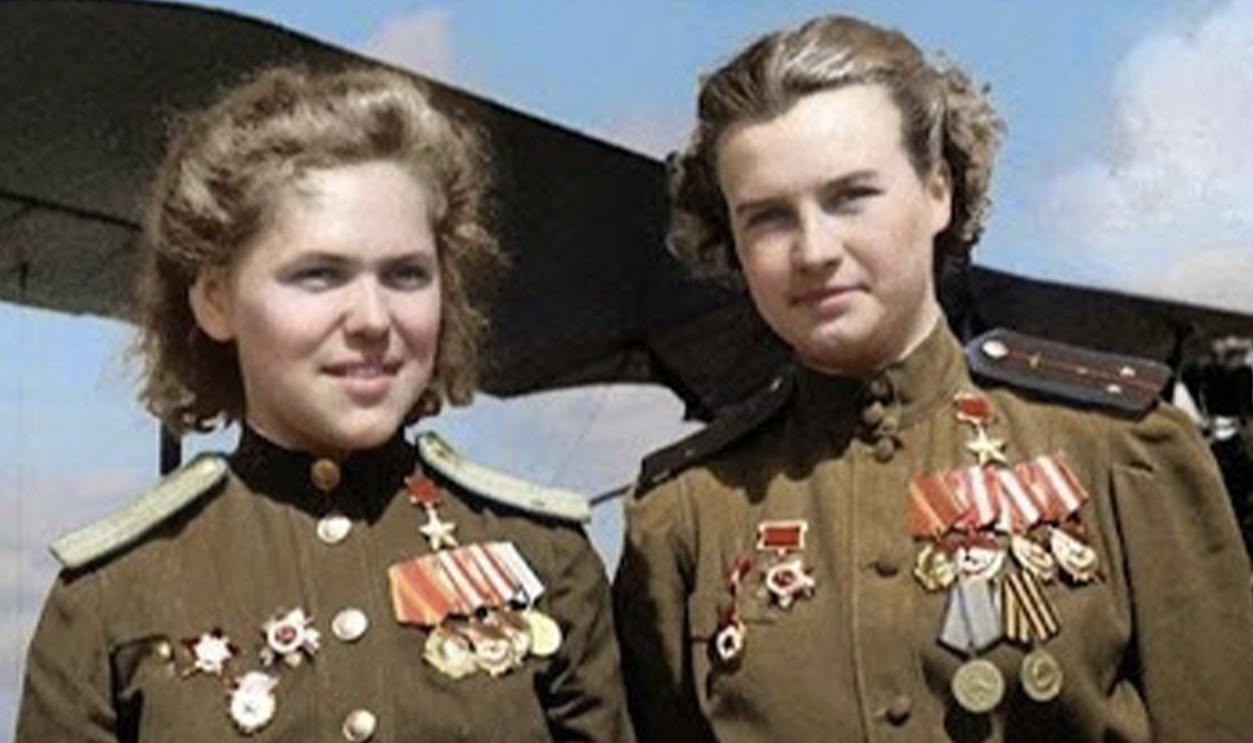
588th Night Bombers
The official name for the group of areal fighters was the 588th Night Bombers. They were a group of female Russian fighter pilots that plagued the Germans from their entrance into the battle in 1942, until their decommissioning at the end. So, where did “Night Witches” come from?
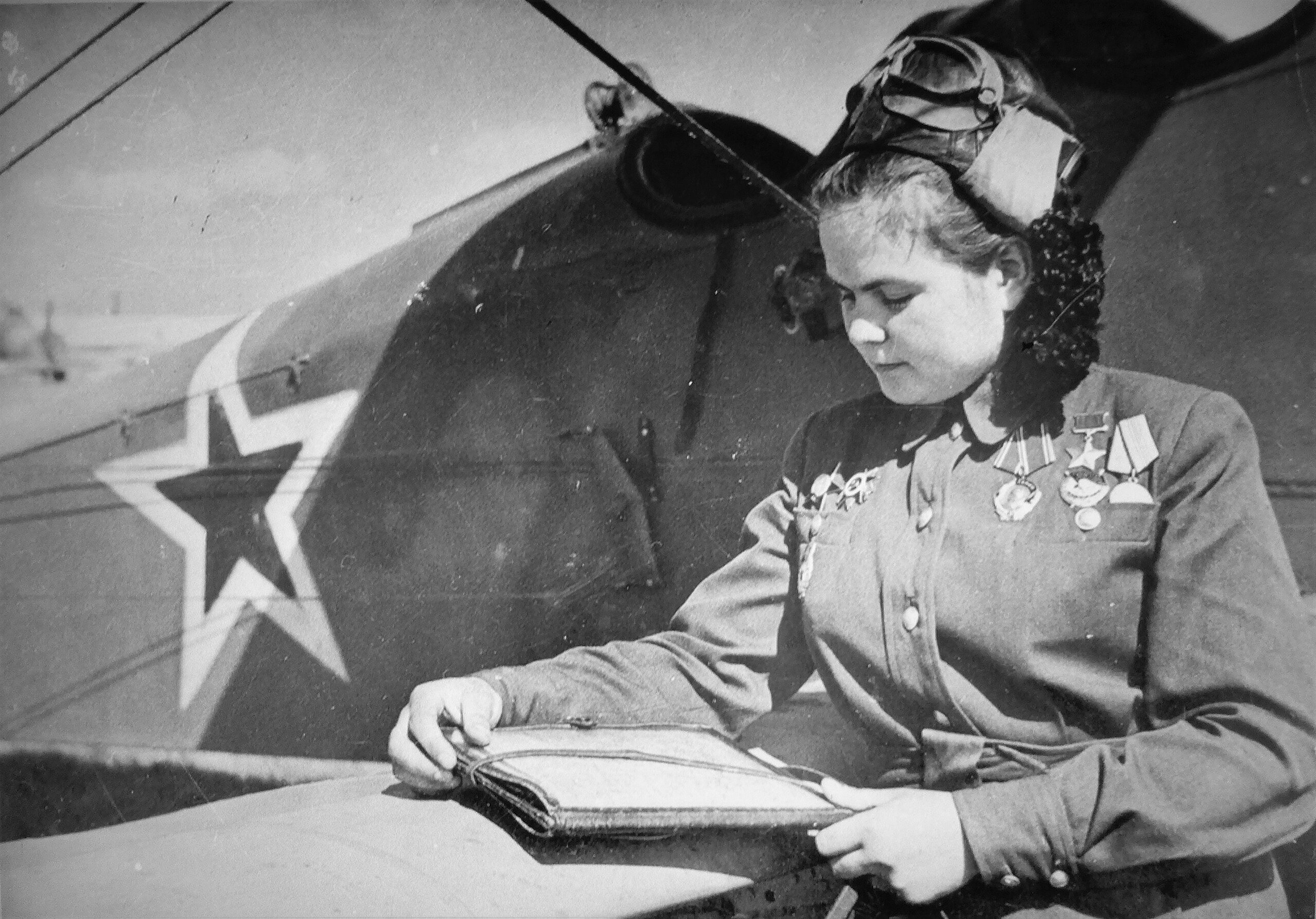 E. Chaldean, Wikimedia Commons
E. Chaldean, Wikimedia Commons
“Night Witches”
The name “Night Witches” came from the Germans. Due to their unique way of attacking the German bases in the dark, the Germans claimed that their planes overhead sounded like broomsticks, thus dubbing them “Night Witches”.
The 46th “Taman” Guards Night Bombers
This lengthy name is what the Night Witches eventually became known as. They were honored with the “Guards” designation in February 1943 and in October of that year, they earned the “Taman” to refer to their involvement in the Novorossiysk-Taman operations. Let’s find out why this was an honor.
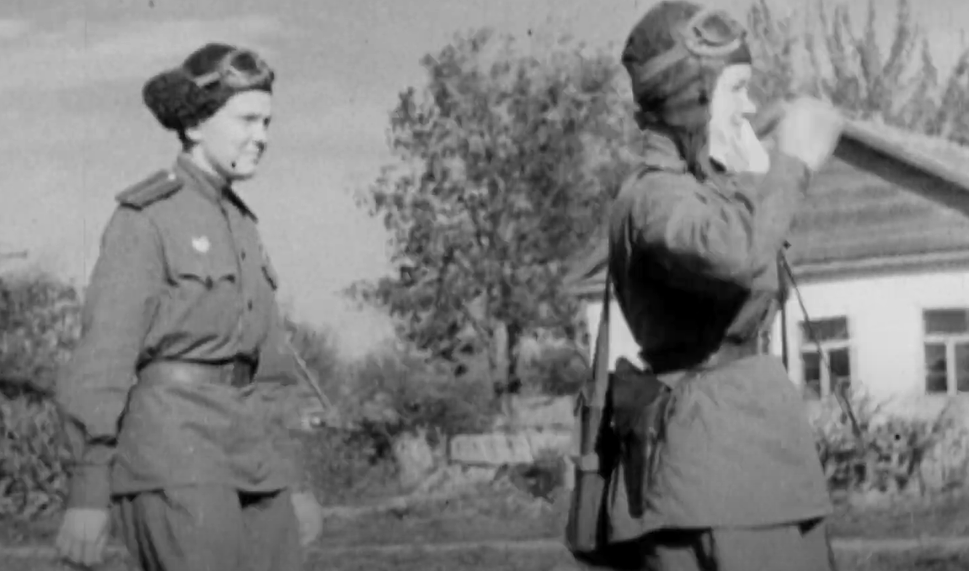 Vulcan Productions, Chronicles of Courage: Night Witches (2016–2017)
Vulcan Productions, Chronicles of Courage: Night Witches (2016–2017)
Guard Units
“Guard units” were first introduced within the Soviet Armed Forces in September 1941. They were a means to honor and distinguish elite units and forces within their ranks. To earn this status, the unit had to distinguish itself through service. This status was well-earned for the Night Witches.
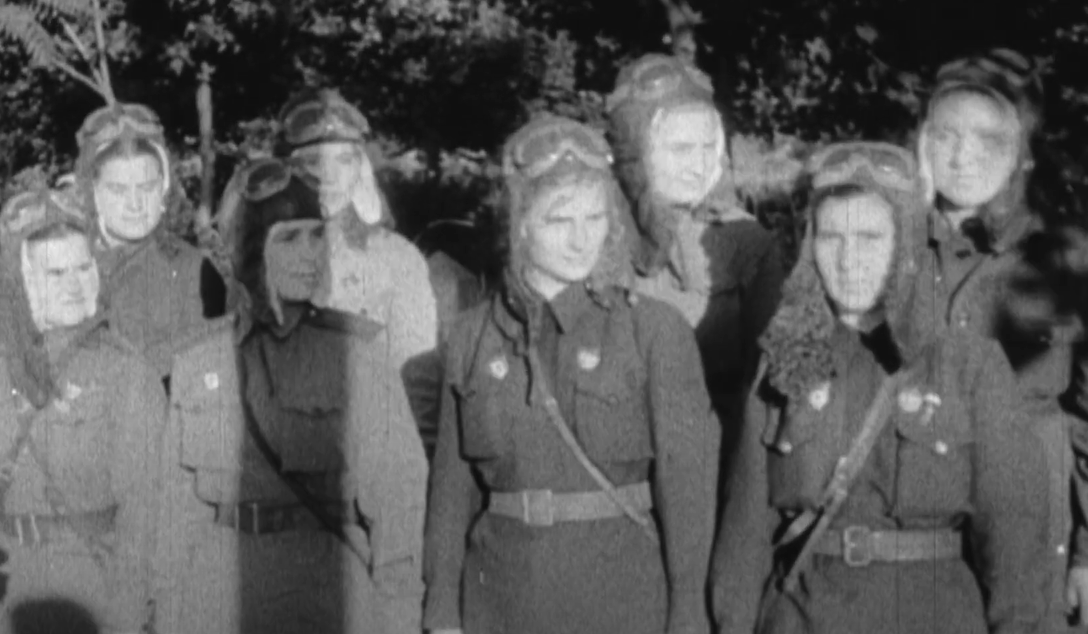 Vulcan Productions, Chronicles of Courage: Night Witches (2016–2017)
Vulcan Productions, Chronicles of Courage: Night Witches (2016–2017)
Major Marina Raskova
The origination of the Night Witches, along with two other all-female fighting groups, is credited to Major Marina Raskova. Raskova had already distinguished herself as an elite aviator during peacetime. Through her connections to Stalin, she was able to gain approval to establish the 122nd Composite Air Group, an all-female aviation group that would be split into three divisions, including the Night Witches. However, they faced their challenges despite being allowed to fight.
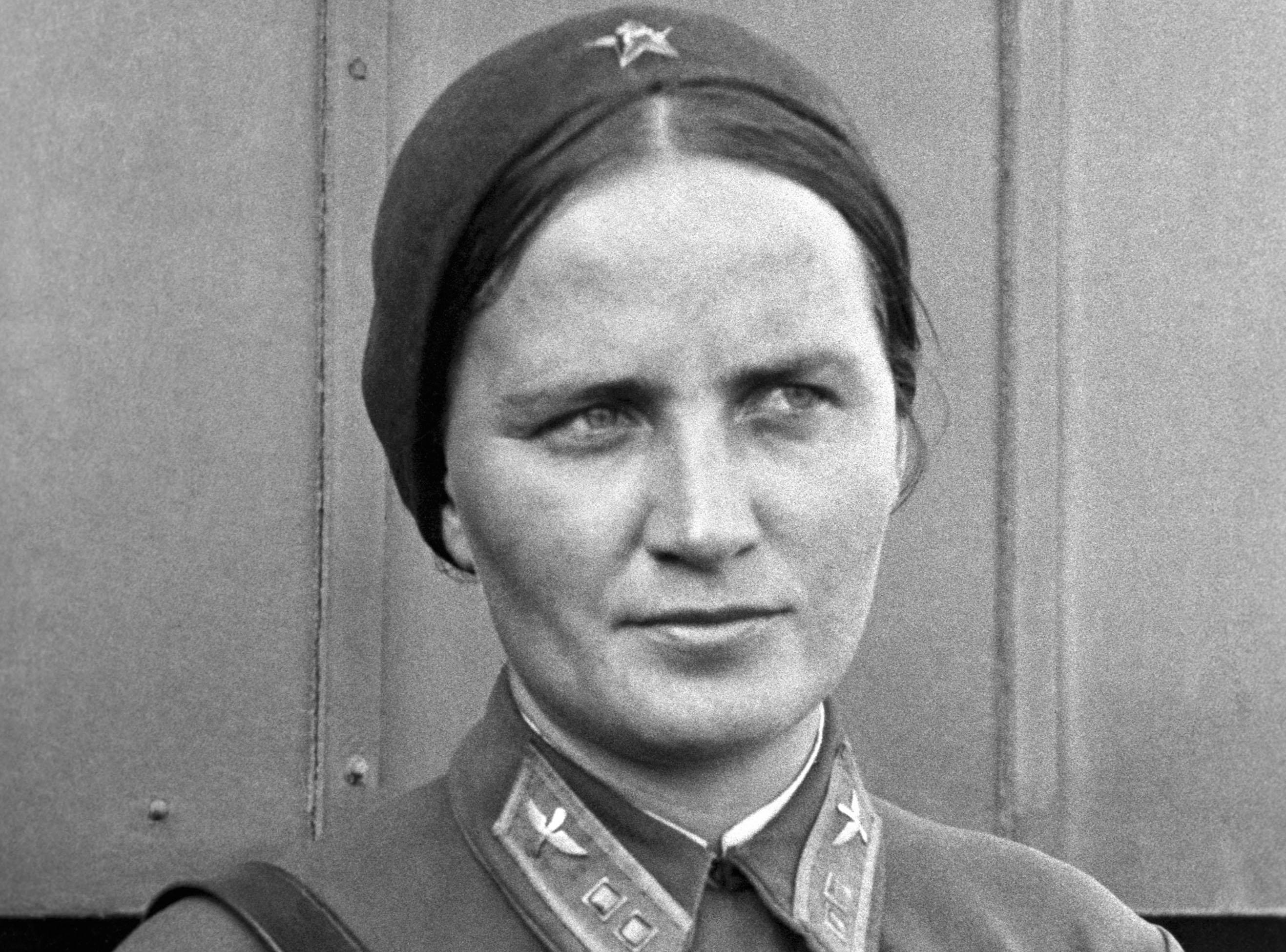 Aleksandr Gribovsky, Wikimedia Commons
Aleksandr Gribovsky, Wikimedia Commons
Polikarpov U-2
The Night Witches flew special U-2LNB versions of the Polikarpov U-2 biplanes. These planes were designed in 1928 and intended for use as training aircraft and crop dusting. Due to this, these planes were difficult to use, but this didn’t stop the Night Witches.
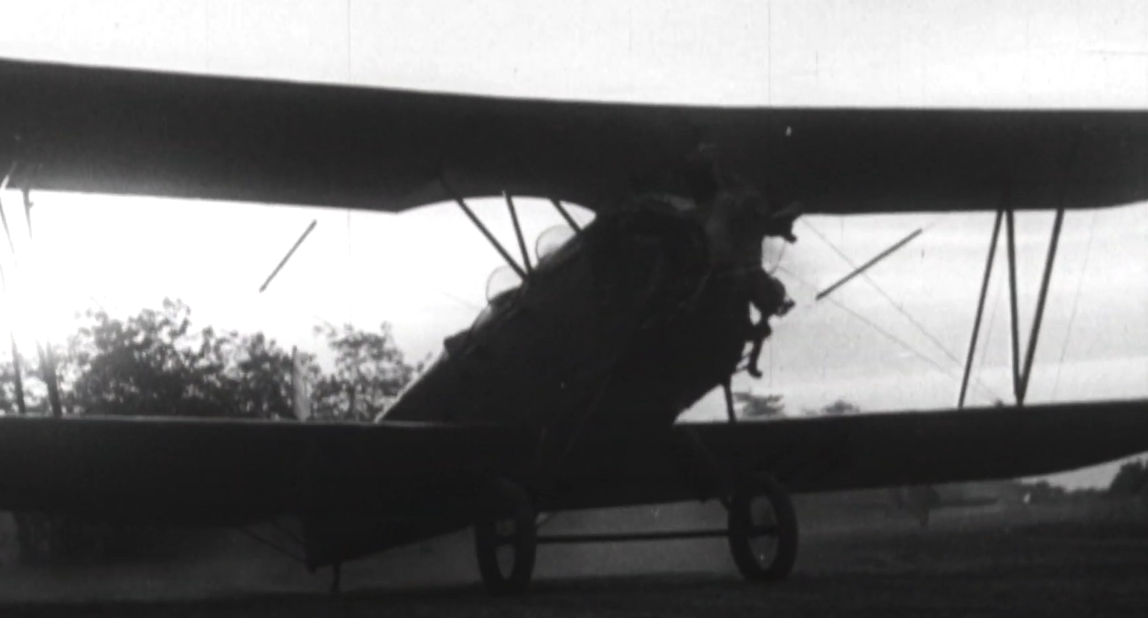 Vulcan Productions, Chronicles of Courage: Night Witches (2016–2017)
Vulcan Productions, Chronicles of Courage: Night Witches (2016–2017)
Polikarpov U-2
The Po-2 planes could only carry 770 lbs (350 kilograms) of weight. This meant that most nights, eight more missions were necessary to complete the task, dropping their loads, and immediately returning to reload and start again. The Night Witches were determined.
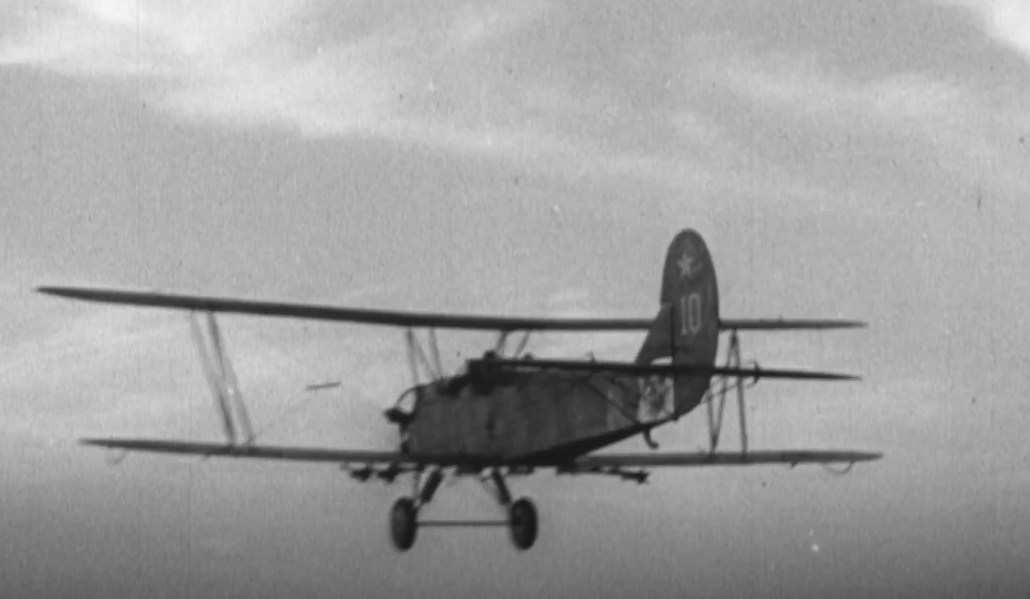 Vulcan Productions, Chronicles of Courage: Night Witches (2016–2017)
Vulcan Productions, Chronicles of Courage: Night Witches (2016–2017)
Polikarpov U-2
The Polikarpov U-2 was certainly slow when compared to higher-end planes of the time. However, its maximum speed was lower than the stalling speed of many of the German fighting planes. This made it very difficult for German pilots to shoot them down. Difficult, yes, but unfortunately, not impossible.
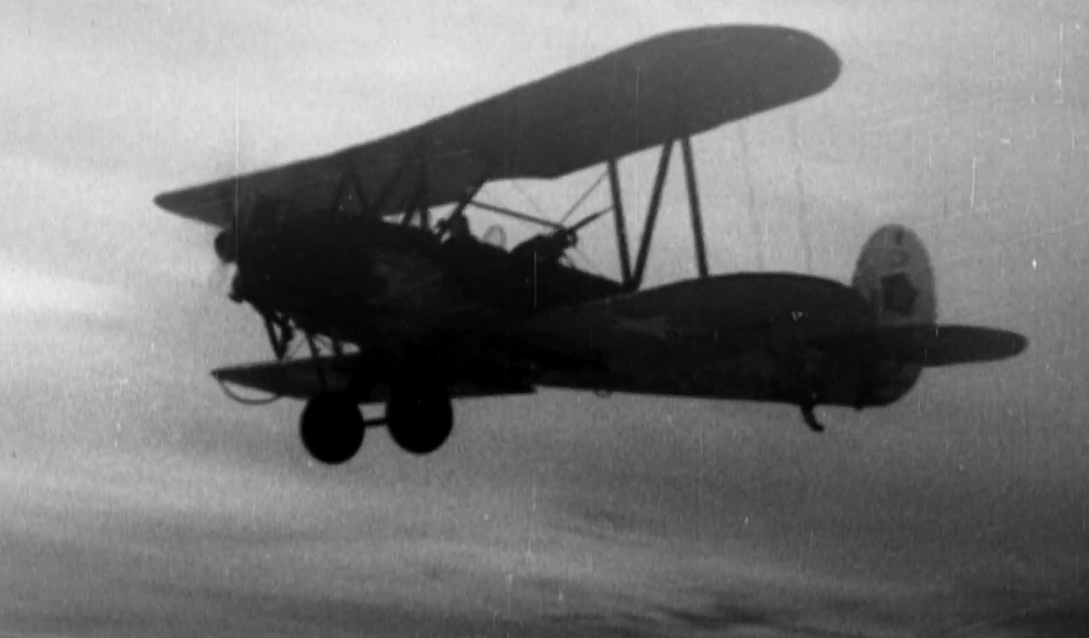 Vulcan Productions, Chronicles of Courage: Night Witches (2016–2017)
Vulcan Productions, Chronicles of Courage: Night Witches (2016–2017)
Josef Kociok
The exception to the difficulty in taking down the Night Witches was German fighter ace, Josef Kociok, who grounded the entire fleet by taking down three or four of their planes at the end of July 1943. This was a huge win for the Germans as the Night Witches' unique attack technique had been devastating.
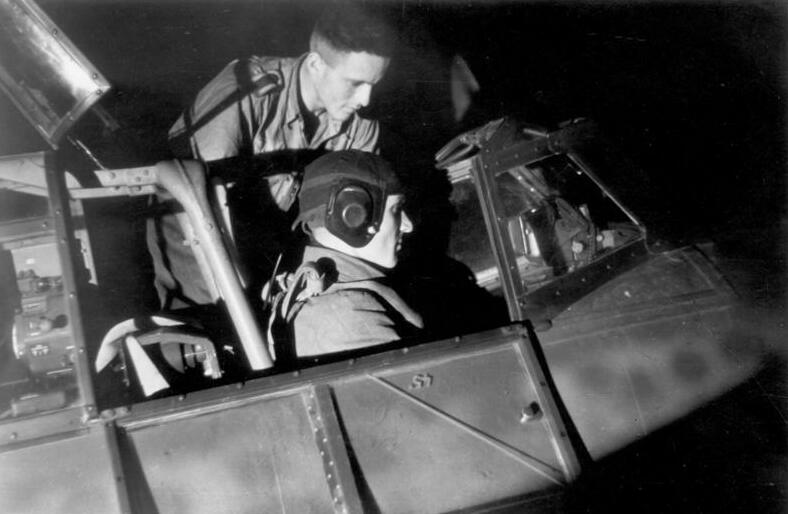 Wanderer, W., Wikimedia Commons
Wanderer, W., Wikimedia Commons
Attack Technique
As indicated by the name, the Night Witches struck when the sun went down. Their technique involved idling the engine near the target, gliding silently to the release point. This left only the sound of the wind as a possible means to reveal their location. This tactic was both effective and led to their “witch” nickname from the Germans. It was dangerous, too.
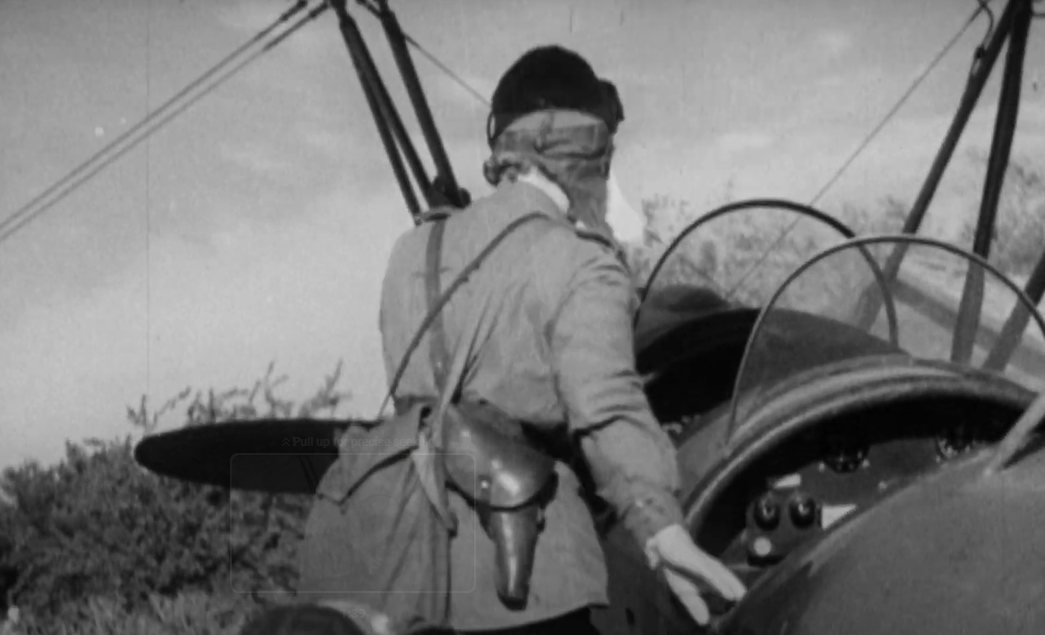 Vulcan Productions, Chronicles of Courage: Night Witches (2016–2017)
Vulcan Productions, Chronicles of Courage: Night Witches (2016–2017)
Parachutes
Due to the previously mentioned weight restrictions of the Polikarpov U-2, and the low altitudes in which the planes tended to fly, parachutes were not given to the Night Witches until 1944. Still, the Night Witches persevered.
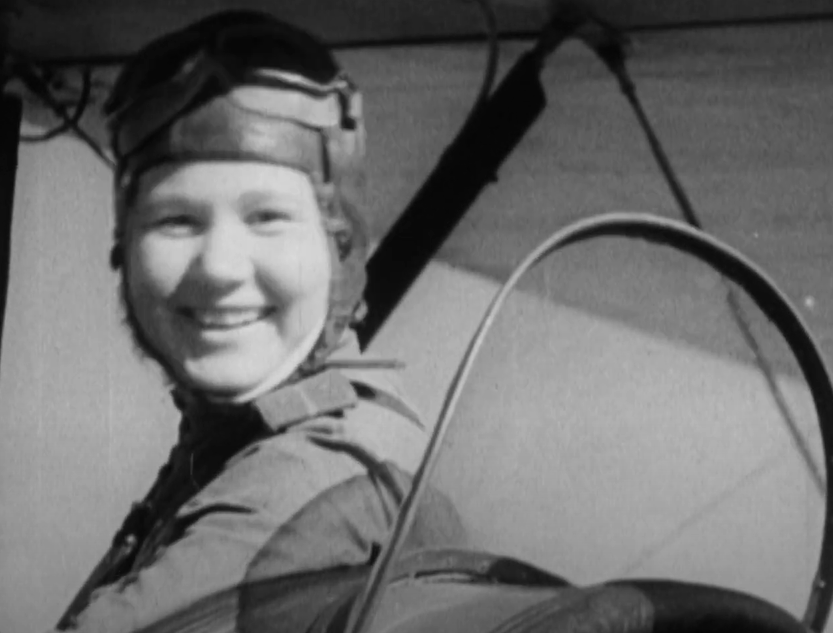 Vulcan Productions, Chronicles of Courage: Night Witches (2016–2017)
Vulcan Productions, Chronicles of Courage: Night Witches (2016–2017)
First Mission
The Night Witches were deployed to the southern front. They were part of the 218th Division of the 4th Air Army and they arrived at the front on May 27, 1942. By June 12th, they were engaging in missions at river crossings on several points in the front.
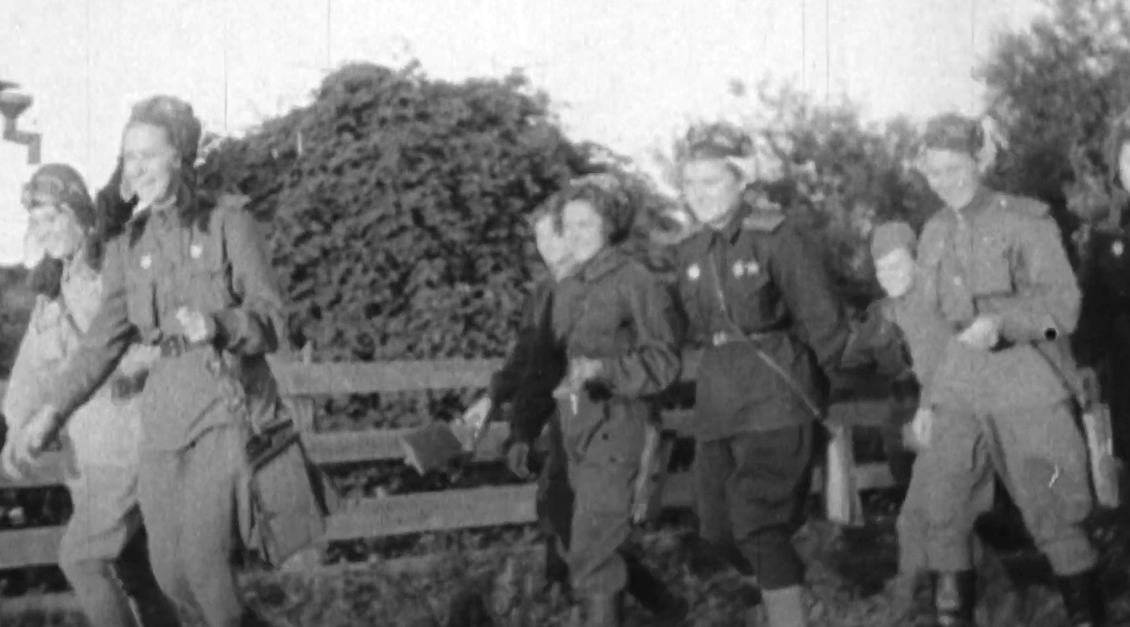 Vulcan Productions, Chronicles of Courage: Night Witches (2016–2017)
Vulcan Productions, Chronicles of Courage: Night Witches (2016–2017)
Total Missions
Referred to as “sorties”, the group completed approximately 23,672 missions, including roles in several major battles. The fearsome Night Witches were essential to the Russian offensive.
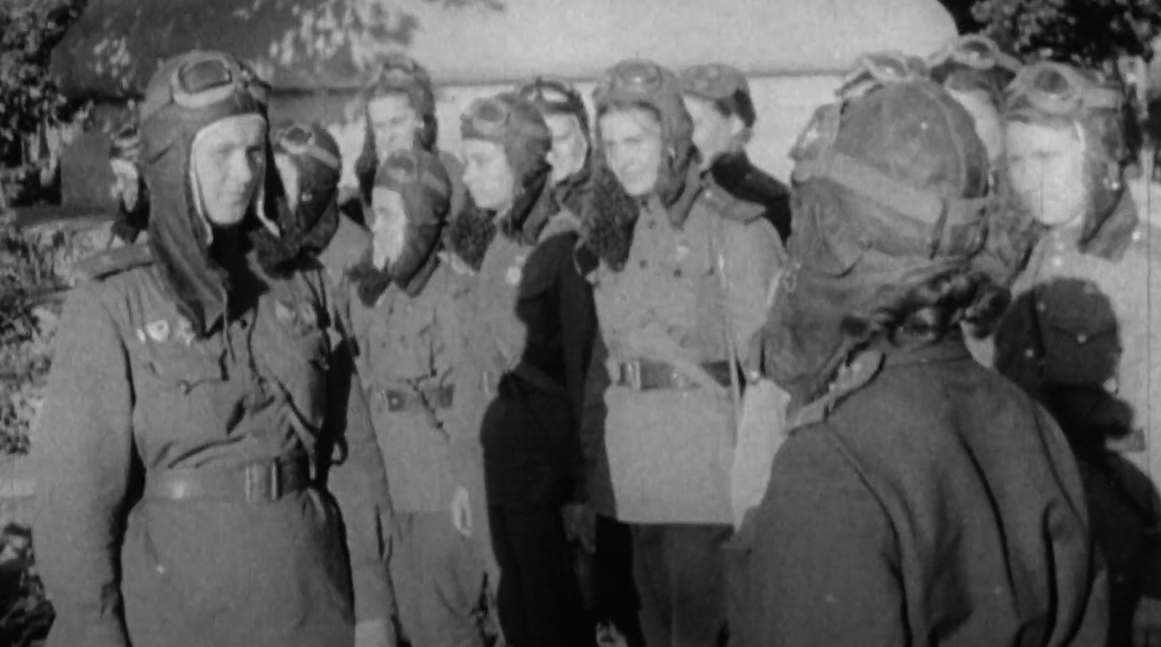 Vulcan Productions, Chronicles of Courage: Night Witches (2016–2017)
Vulcan Productions, Chronicles of Courage: Night Witches (2016–2017)
Flight Hours
Over the approximate number of missions that were completed, the Night Witches collectively accumulated 28,676 flight hours. As mentioned before, most nights they ran a minimum of eight drops on a given target. This is an astounding number that leads to an even more remarkable success rate.
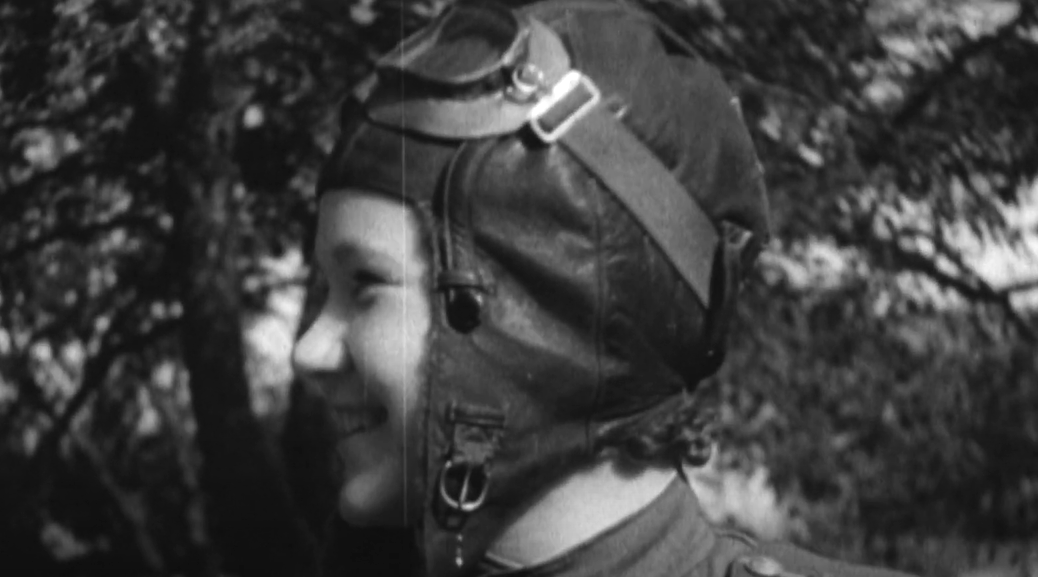 Vulcan Productions, Chronicles of Courage: Night Witches (2016–2017)
Vulcan Productions, Chronicles of Courage: Night Witches (2016–2017)
Explosives Dropped
The Night Witches earned their name for their overall success as much as the noises their planes made. Despite only being able to carry only 770 lbs in a single flight, they dropped over 3,000 tons of explosives and over 26,000 incendiary shells. As we’ll see, that leads to a lot of damage.
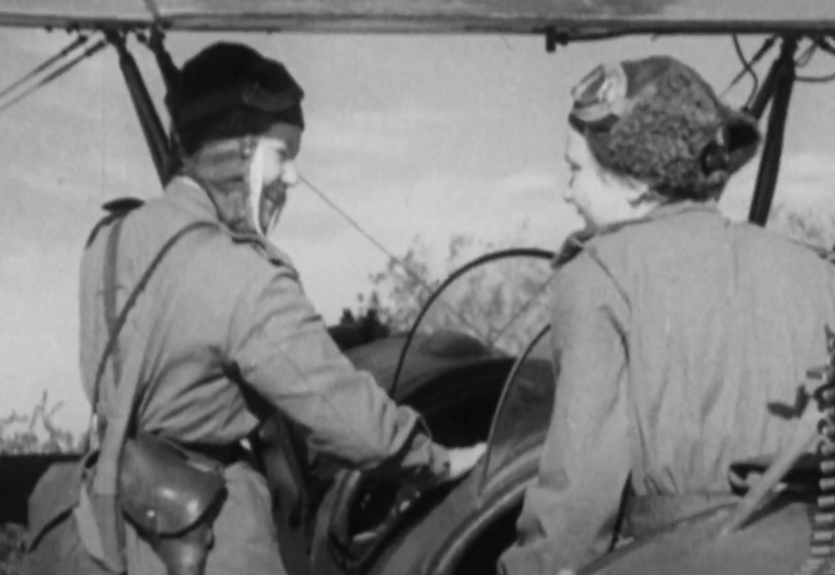 Vulcan Productions, Chronicles of Courage: Night Witches (2016–2017)
Vulcan Productions, Chronicles of Courage: Night Witches (2016–2017)
Recorded Damage
From these offensives, the Night Witches either damaged or completely destroyed 17 river crossings, 9 railways, 2 railway stations, 26 warehouses, 12 fuel depots, 176 armored cars, 86 firing points, and 11 searchlights. However, that wasn’t everything they did.
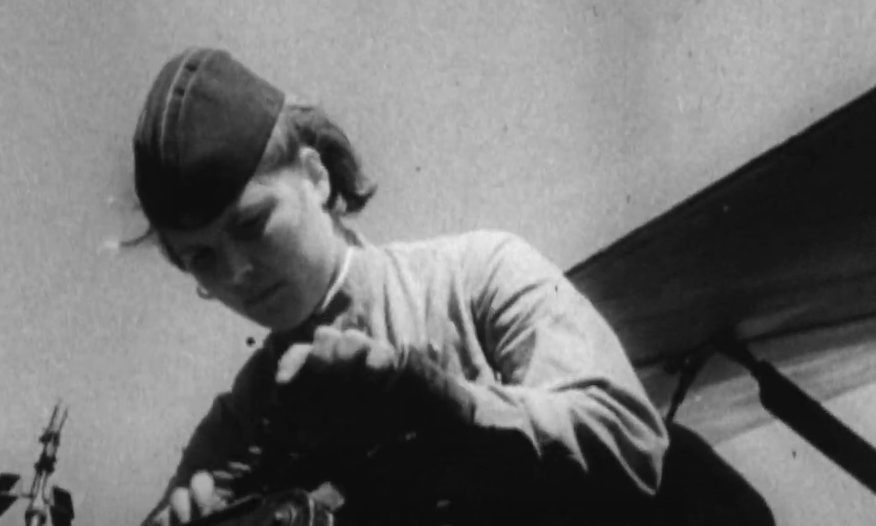 Vulcan Productions, Chronicles of Courage: Night Witches (2016–2017)
Vulcan Productions, Chronicles of Courage: Night Witches (2016–2017)
Additional Tasks
Although their role was primarily offensive, flying to destroy German-held assets, the unit did occasionally aid their own forces. They are recorded as having performed 155 supply drops of food and reinforcement to Soviet forces. Yet, what was it like being a Night Witch?
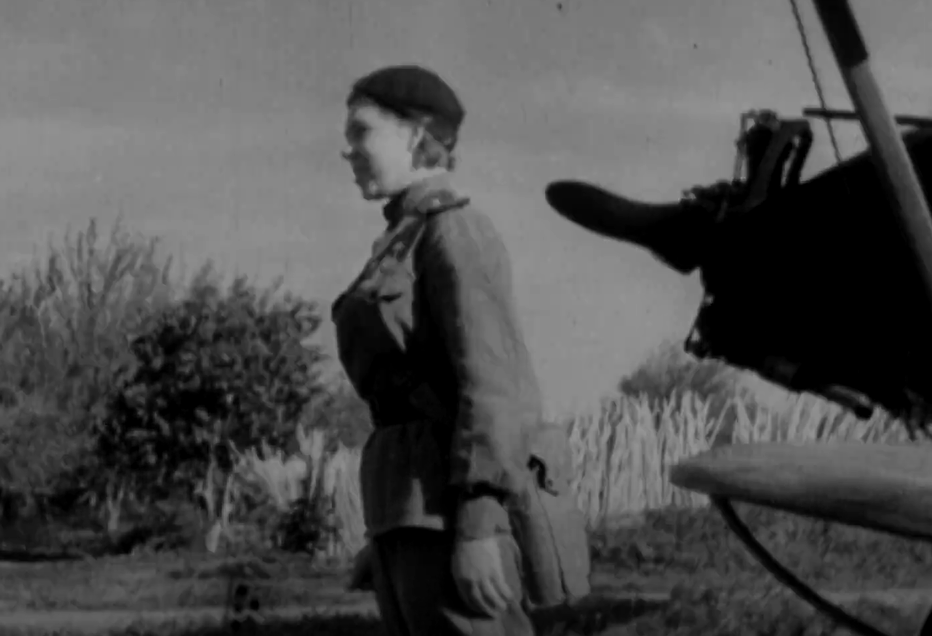 Vulcan Productions, Chronicles of Courage: Night Witches (2016–2017)
Vulcan Productions, Chronicles of Courage: Night Witches (2016–2017)
The Crew
There were three roles that you could have within the Night Witches: pilot, navigator, and mechanic or ground crew. Each plane would have a team consisting of a pilot and a navigator; once they dropped their load and returned, the ground crew would repair and reload the planes before they went back out.
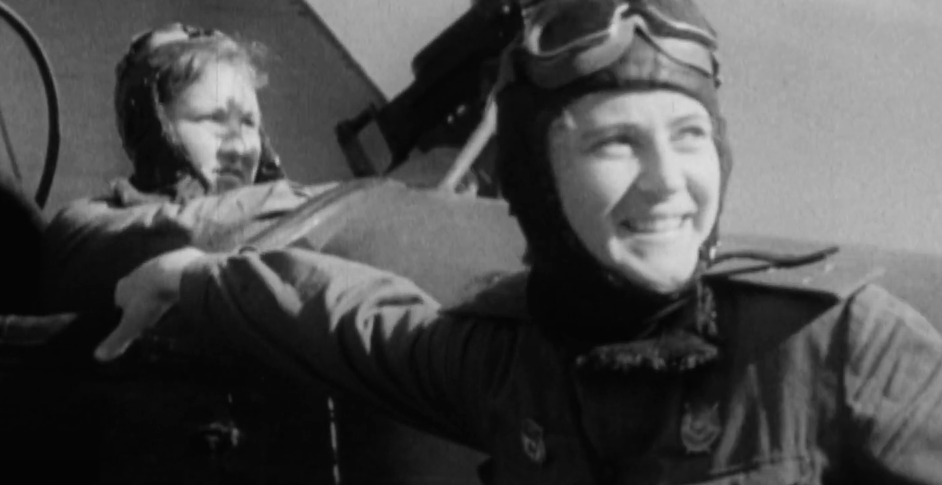 Vulcan Productions, Chronicles of Courage: Night Witches (2016–2017)
Vulcan Productions, Chronicles of Courage: Night Witches (2016–2017)
How Many Night Witches Were There?
261 people served for the Night Witches. Out of that 261, only 32 perished, all of various causes, including plane crashes, combat, and tuberculosis. They are an impressive unit of women.
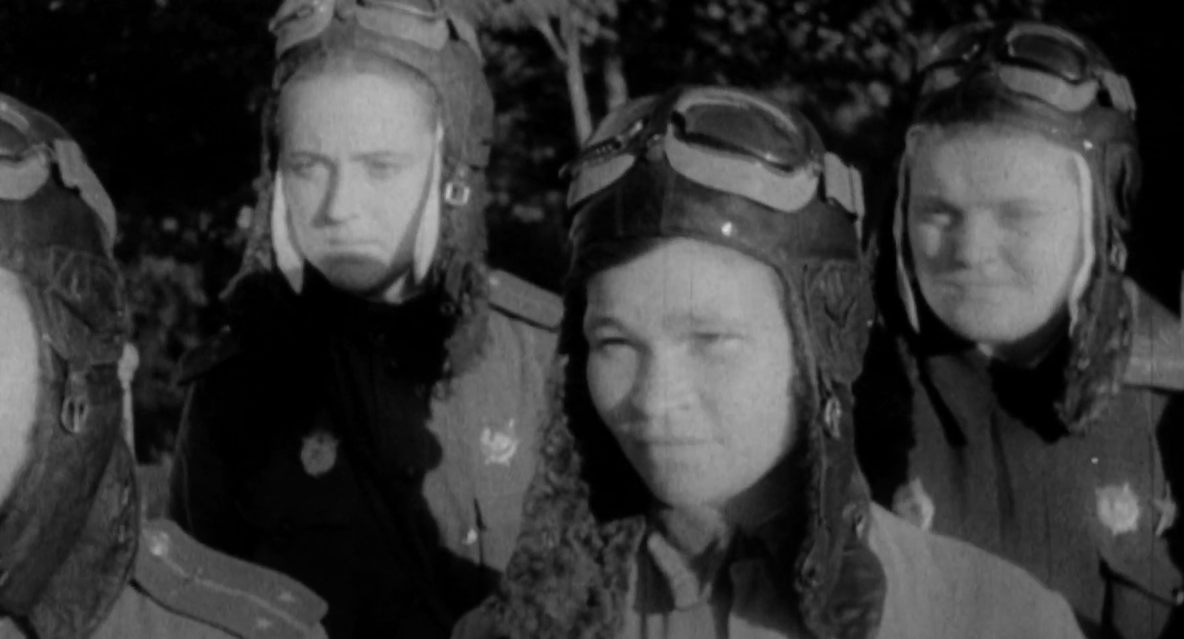 Vulcan Productions, Chronicles of Courage: Night Witches (2016–2017)
Vulcan Productions, Chronicles of Courage: Night Witches (2016–2017)
Plane Crashes
As with any thing of this nature, there is always a high risk of crashes and collisions. While there were many talented mechanics to work on the planes, 28 aircraft were completely written off. So, who was flying these plans?
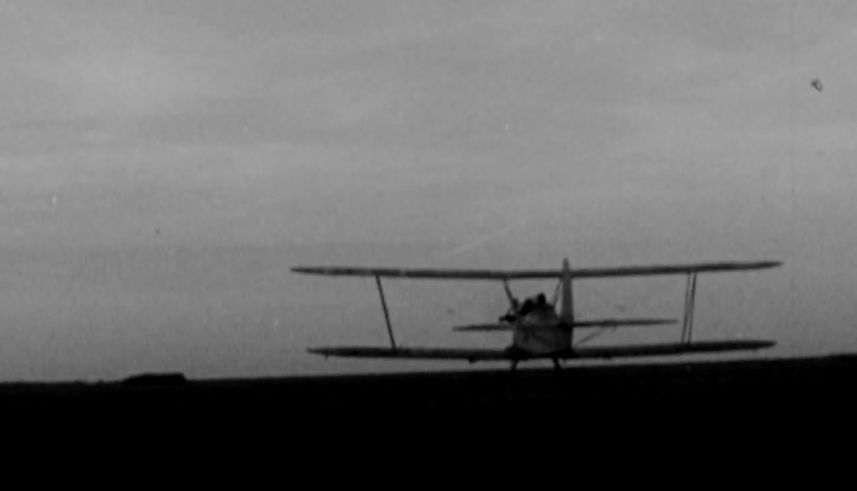 Vulcan Productions, Chronicles of Courage: Night Witches (2016–2017)
Vulcan Productions, Chronicles of Courage: Night Witches (2016–2017)
Yevdokiya Bershanskaya
Yevdokiya Bershanskaya served as the regimental commander of the Night Witches, earning the rank of Lieutenant Colonel. Yet, who was she?
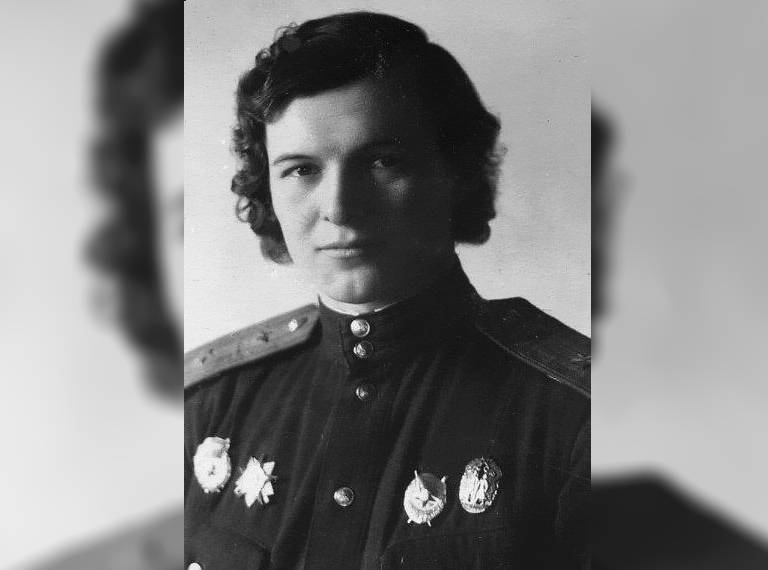 Unknown Author, Wikimedia Commons
Unknown Author, Wikimedia Commons
Yevdokiya Bershanskaya
Bershanskaya enrolled in the Bataysk School of Pilots in 1931; after she graduated, she trained other pilots from 1932 to 1939. This was before she was appointed as commander of the 218th Special Operations Aviation Squadron and became a deputy of the Krasnodar City Council. However, it was during her time as a Night Witch that her star began to shine.
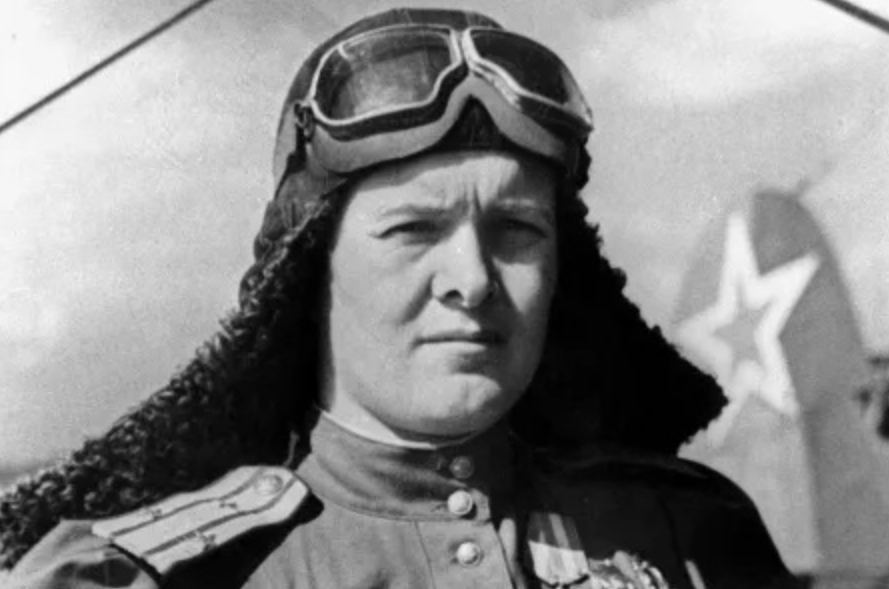 Unknown Author, Wikimedia Commons
Unknown Author, Wikimedia Commons
Yevdokiya Bershanskaya
Under Bershanskaya’s command, 23 aviators in the Night Witches became Heroes of the Soviet Union for their successful missions against the Axis, and Bershanskaya herself became the only woman to ever be awarded the Order of Suvorov. Why was this so important?
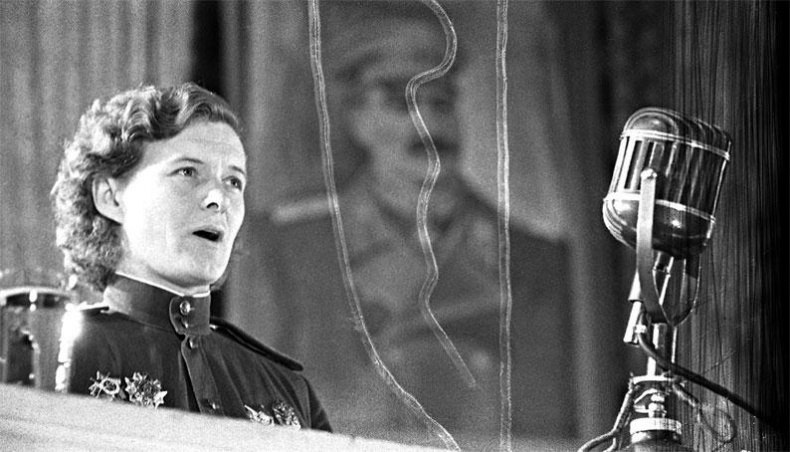 Unknown Author, Wikimedia Commons
Unknown Author, Wikimedia Commons
Order Of Suvorov
The Order of Suvorov is named after Russian Generalissimo Prince Alexander Suvorov. The award is given to honor various levels of command within the army who have skillfully organized forces or troops in the face of extreme opposition from the enemy. This applies to those in command of operations on land or by air. As for the Hero of the Soviet Union…
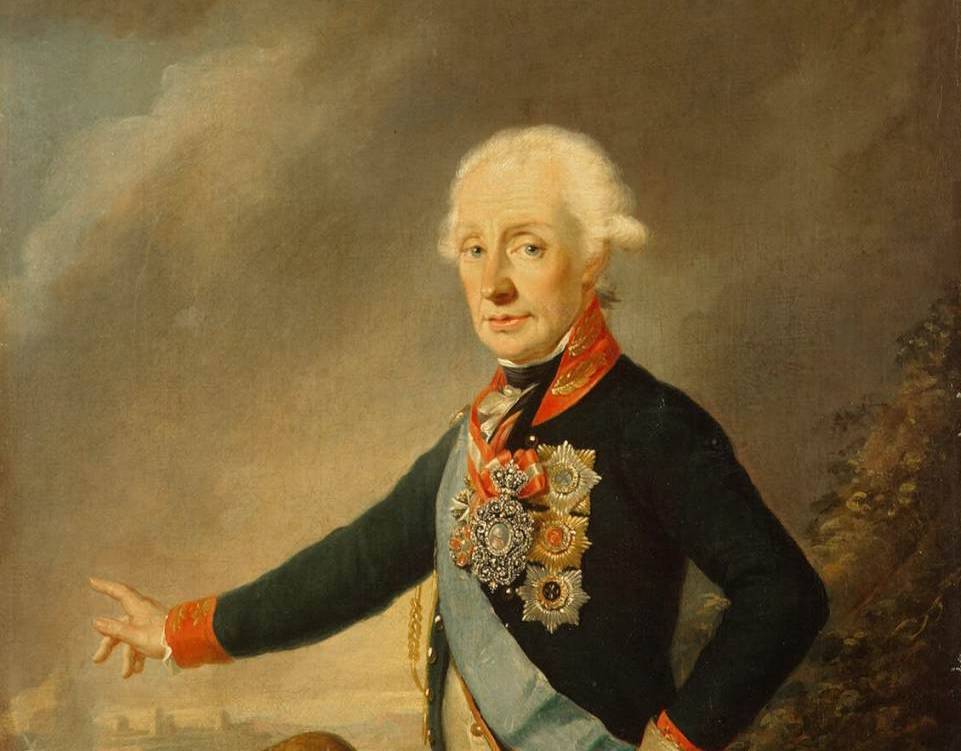 Joseph Kreutzinger, Wikimedia Commons
Joseph Kreutzinger, Wikimedia Commons
Hero Of The Soviet Union
The title “Hero of the Soviet Union” was the highest distinction to be given within the Soviet Union. It was awarded together with the Order of Lenin for heroic feats in service to the Soviet state or society. It came with a series of perks and was awarded to civilians as well. As we’ll see, there were many impressive Night Witches deserving of the honor.
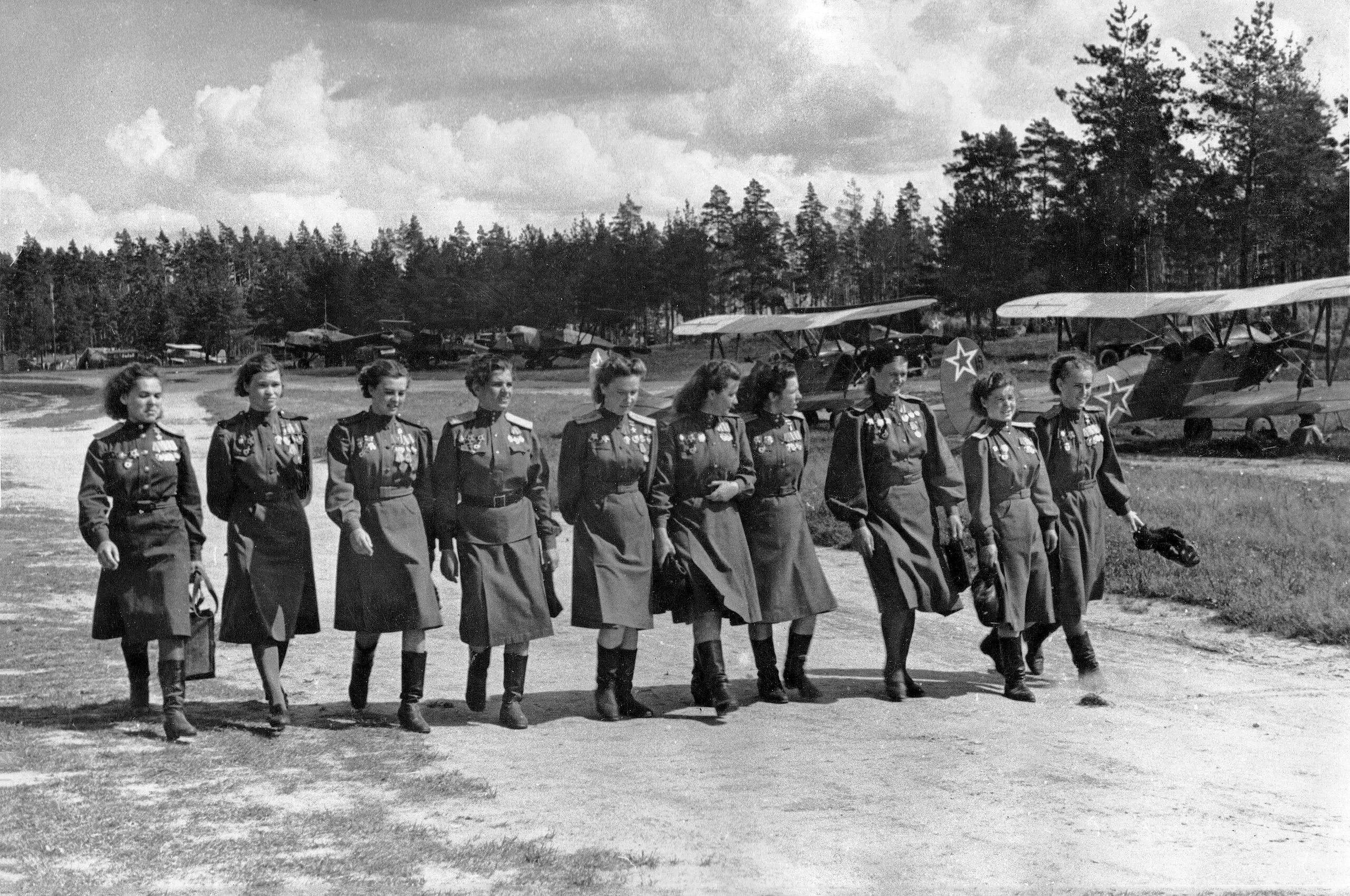 Ivan Shagin, Wikimedia Commons
Ivan Shagin, Wikimedia Commons
Serafima Amosova
Serafima Amosova was the deputy commander of flight operations within the group. She eventually reached the rank of major, and as we’ll see, she earned every advancement given.
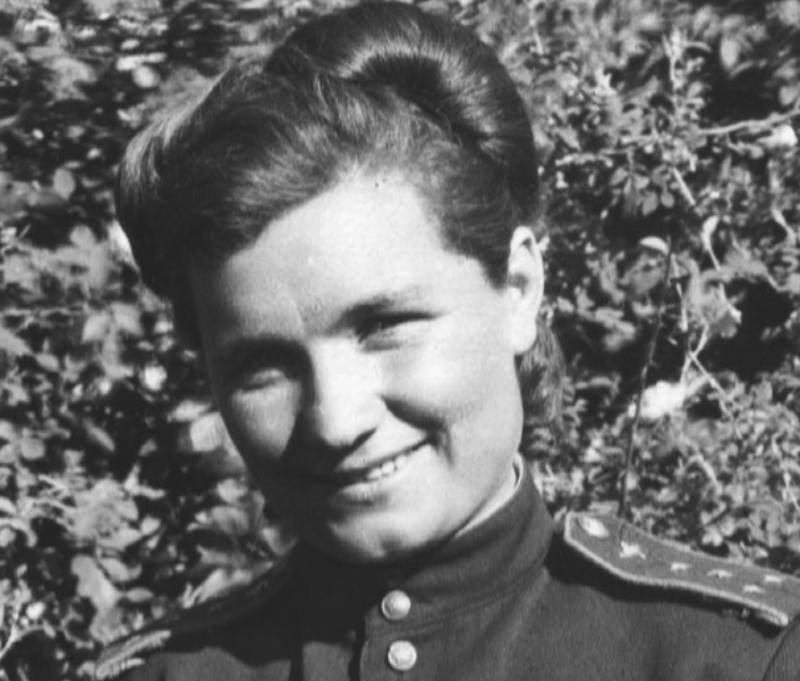 Unknown Author, Wikimedia Commons
Unknown Author, Wikimedia Commons
Serafima Amosova
Born in central Siberia, Amosova had dreams of becoming a pilot, even during peacetime. She entered the Volunteer Society for the Assistance to the Army, Aviation, and Navy but crashed her glider on the day she was due to graduate flight training. All was not lost for Amosova, however.
Serafima Amosova
Once she recovered, she attended the Tambov Aviation School, graduating with honors and working as a pilot for Aeroflot, delivering mail. The Night Witches, however, would mark a promising future for her.
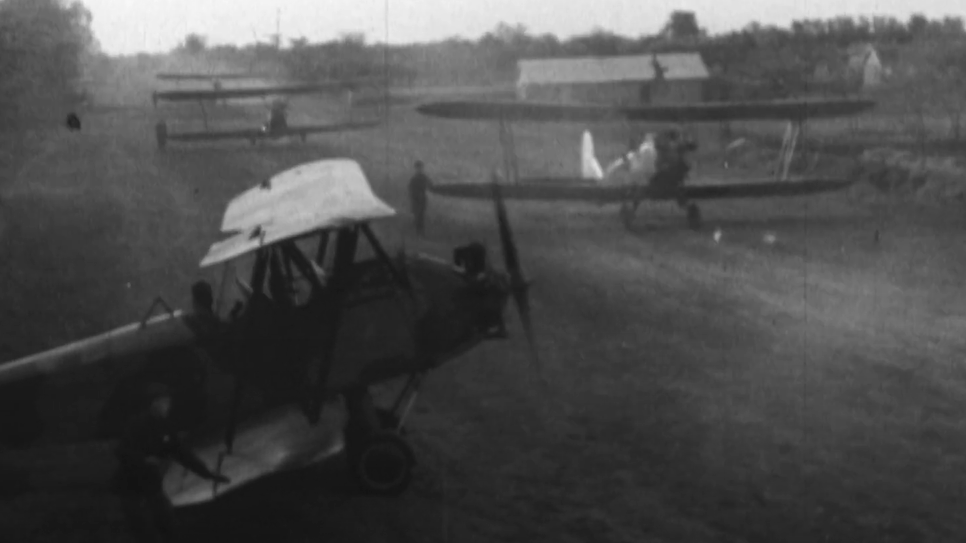 Vulcan Productions, Chronicles of Courage: Night Witches (2016–2017)
Vulcan Productions, Chronicles of Courage: Night Witches (2016–2017)
Serafima Amosova
In January 1941, she was appointed squadron commander to train men at Yanaul Airport. Amonsova, however, was not satisfied with staying behind the lines, training men. She wrote to Marina Raskova and then flew to meet Raskova, eventually being accepted into the Night Witches. This was where Amosova would make her mark.
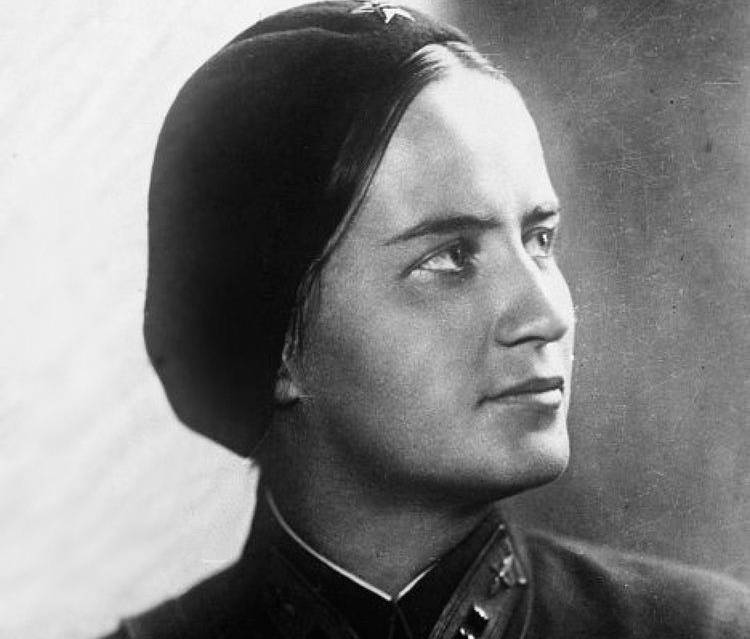 Unknown Author, Wikimedia Commons
Unknown Author, Wikimedia Commons
Serafima Amosova
Amosova graduated with the rank of lieutenant and deployed as a squadron commander. However, her previous experience quickly elevated her to deputy commander of flight operations, where she would make 55 sorties and receive various recognition for her work. She was just one of many inspiring Night Witches.
Yevdokiya Rachkevich
Although the titles of deputy regimental commander and commissar of the Night Witches tended towards more administrative roles, Yevdokiya Rachkevich still played a pivotal role in the development of the organization.
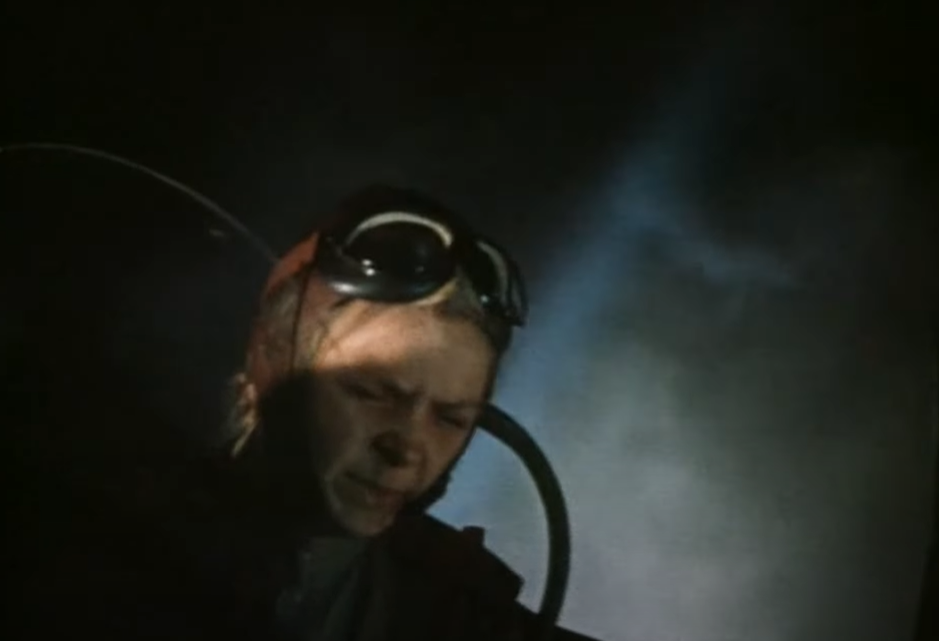 M. Gorky film studio, In the sky 'Night witches' (1981)
M. Gorky film studio, In the sky 'Night witches' (1981)
Yevdokiya Rachkevich
Rachkevich’s history before the Night Witches was quite extensive, having enlisted in the Red Army in 1932. In 1937, she became the first woman to graduate from the Lenin Military-Political Academy. Following this, she taught, though her story was really just starting.
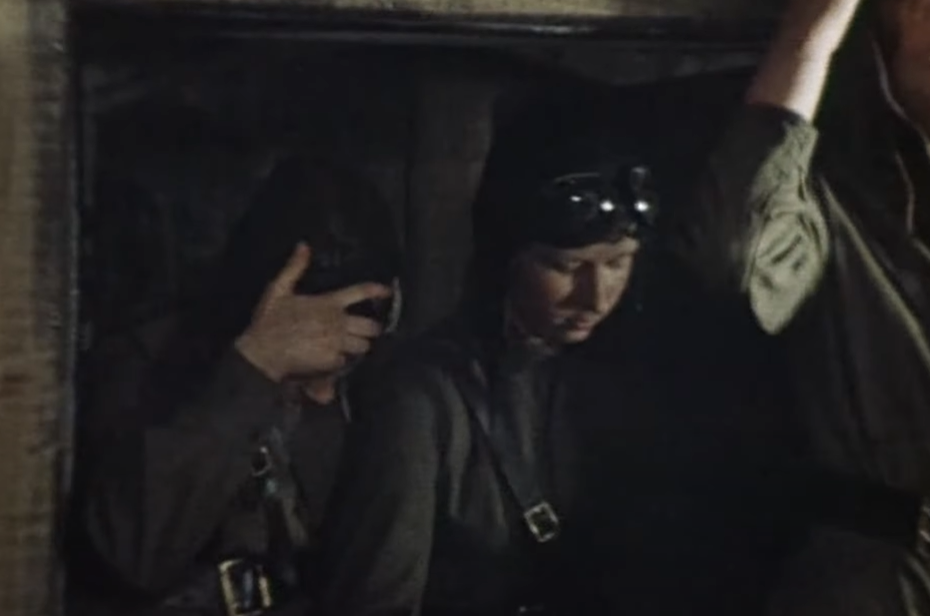 M. Gorky film studio, In the sky 'Night witches' (1981)
M. Gorky film studio, In the sky 'Night witches' (1981)
Yevdokiya Rachkevich
Rachkevich’s first placement following the German invasion of the Soviet Union was at a field hospital. However, after taking an accelerated navigator’s course, she was deployed in February 1942 as the commissar of the Night Witches, eventually becoming the deputy regiment commander of the political department of the group. As promised, however, Rachkevich did more than push paper.
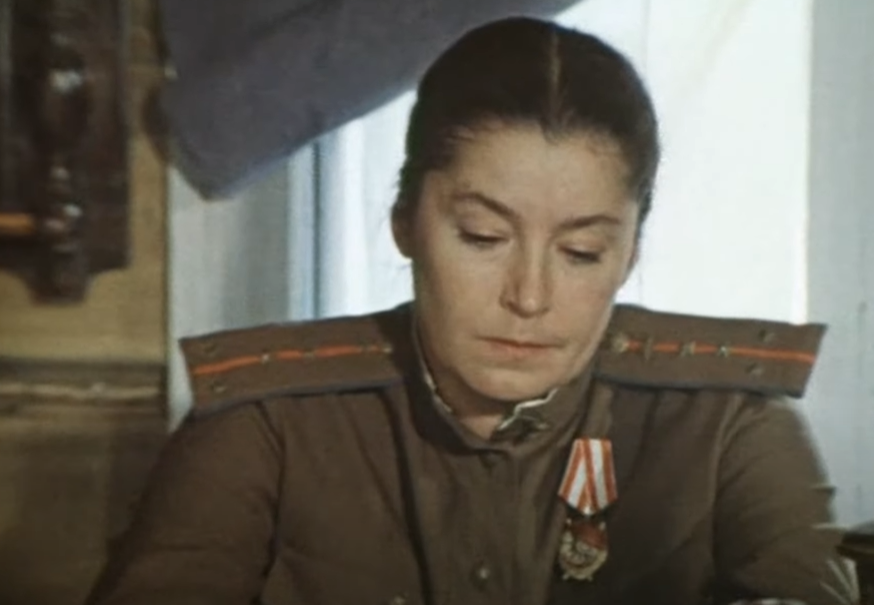 M. Gorky film studio, In the sky 'Night witches' (1981)
M. Gorky film studio, In the sky 'Night witches' (1981)
Yevdokiya Rachkevich
During this time, Rechkevich occasionally flew as a navigator, flying 36 missions, and equipped the Po-2s for flight. Once the war ended, Rachkevich traced the Night Witches’ path through their previous flights, locating the remains of women who had been listed missing, allowing them to receive a proper burial.
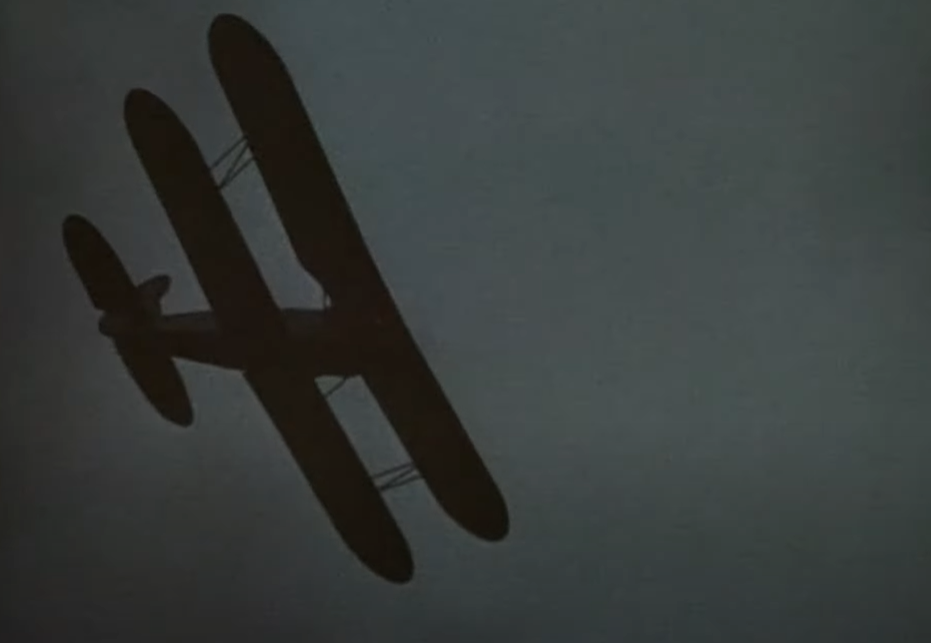 M. Gorky film studio, In the sky 'Night witches' (1981)
M. Gorky film studio, In the sky 'Night witches' (1981)
Chiefs Of Staff
While the previously mentioned women remained in their roles for the duration of the conflict, the Night Witches saw two different chiefs of staff. Mariya Fortus and Irina Rakobolskaya both served as chief of staff for the group. This wasn’t the only position that saw upheaval and tragedy.
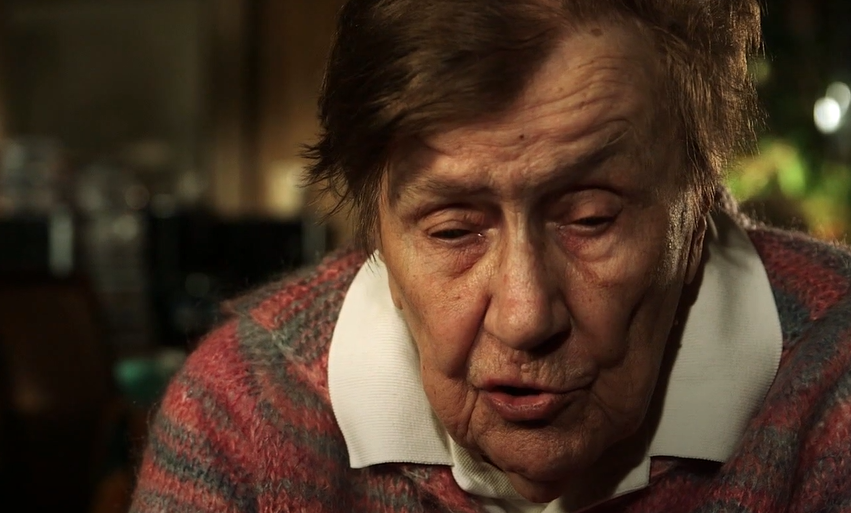 Vulcan Productions, Chronicles of Courage: Night Witches (2016–2017)
Vulcan Productions, Chronicles of Courage: Night Witches (2016–2017)
Head Of Communications
Head of Communications is another role within the Night Witches that saw two women take on the role, both equally deserving of the title and recognition.
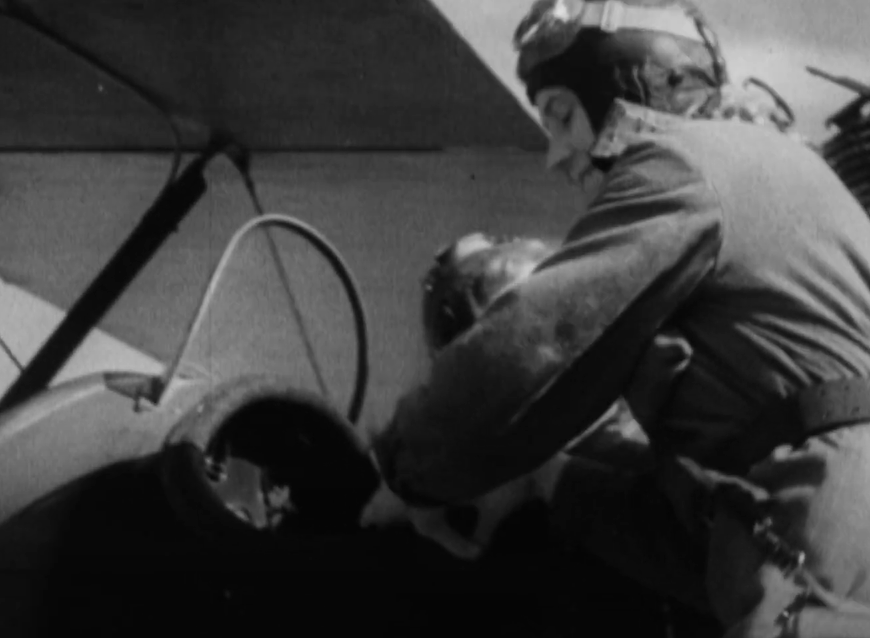 Vulcan Productions, Chronicles of Courage: Night Witches (2016–2017)
Vulcan Productions, Chronicles of Courage: Night Witches (2016–2017)
Valentina Stupina
Valentina Stupina volunteered for the Night Witches in October after being encouraged to do so. She arrived at the Southern Front in late May 1942. She flew 16 sorites before she was appointed head of communications. She accepted the job, yet expressed that she’d rather continue to fly combat sorties, which is reflective of her eventual tragic fate.
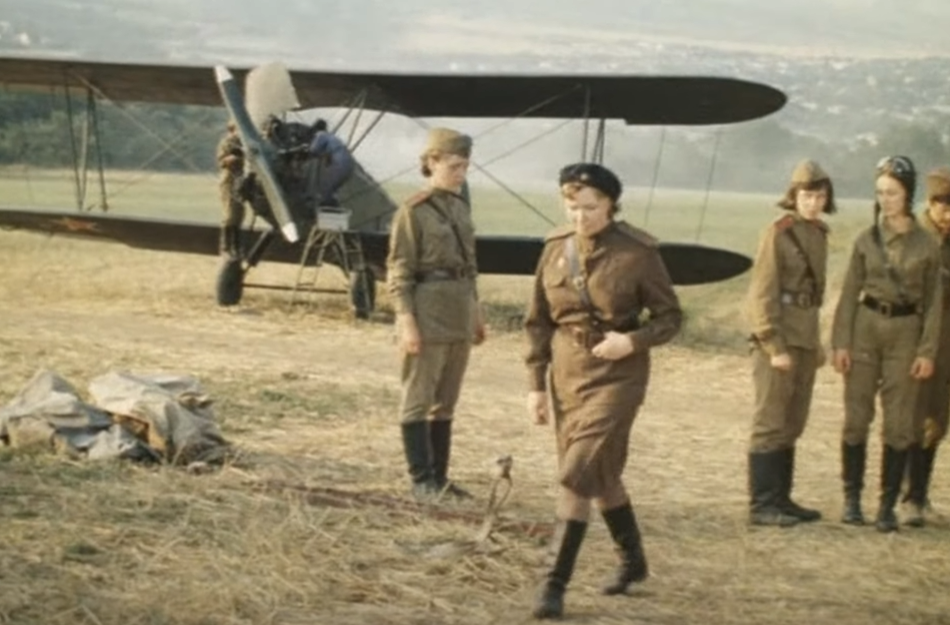 M. Gorky film studio, In the sky 'Night witches' (1981)
M. Gorky film studio, In the sky 'Night witches' (1981)
Valentina Stupina
Unfortunately, Valentina Stupina did not see the end of the WWII; although it is unclear if the cause was illness or injury, Stupina passed in a field hospital in 1943. She passed not long after refusing to stay in the hospital because she wanted to stay in the Night Witches to the end. Her passion would be honored by her fellow flyers.
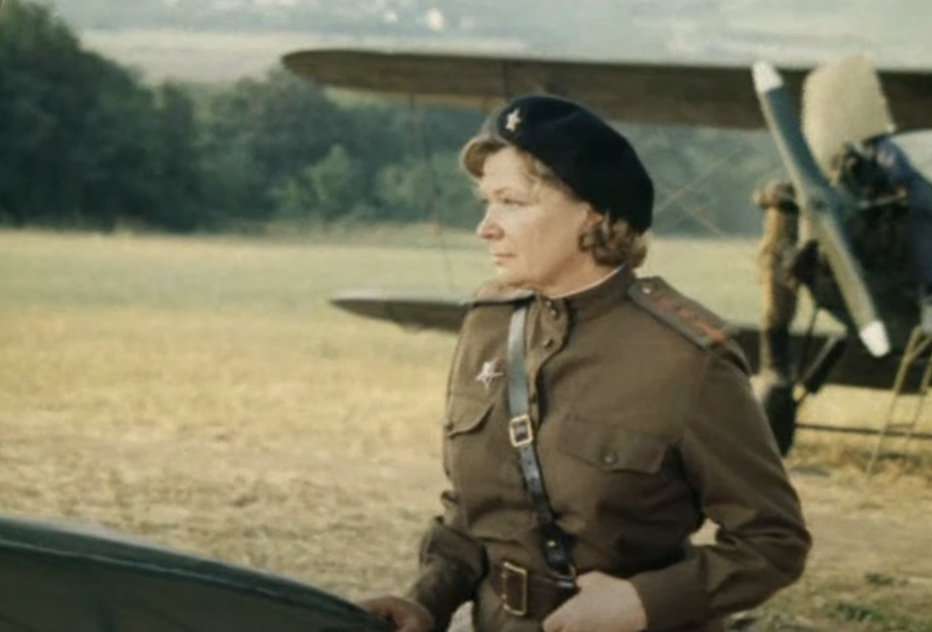 M. Gorky film studio, In the sky 'Night witches' (1981)
M. Gorky film studio, In the sky 'Night witches' (1981)
Valentina Stupina
All of the Night Witches participated in Stupina’s funeral. Although her mother was sent a telegram to inform her about the loss of her daughter, she could not arrive in time for the funeral. Yevdokia Bershanskaya met Stupina’s mother on the train and went to the cemetery with her. Though it was a tragic end, her successor lived up to Stupina’s standards.
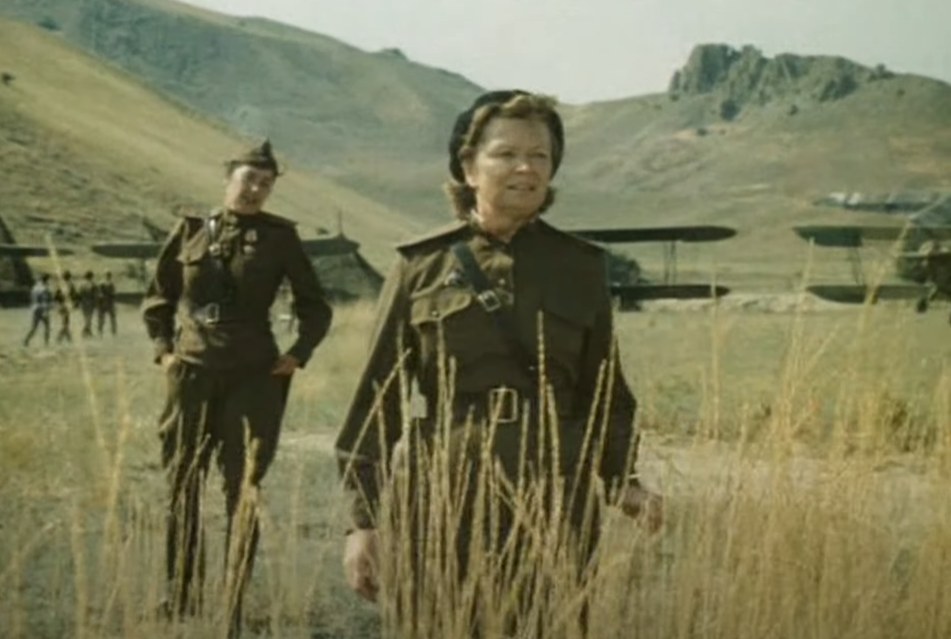 M. Gorky film studio, In the sky 'Night witches' (1981)
M. Gorky film studio, In the sky 'Night witches' (1981)
Khiuaz Dospanova
Following the loss of Stupina, Khiuaz Dospanova was selected to replace her as head of communications. Dospanova was Kazakh, a Turkic ethnic group native to central Asia and Eastern Europe. She was the first Kazakh woman officer in the Soviet Air Force and the only one to be part of the “Night Witches”. She was a force to be reckoned with.
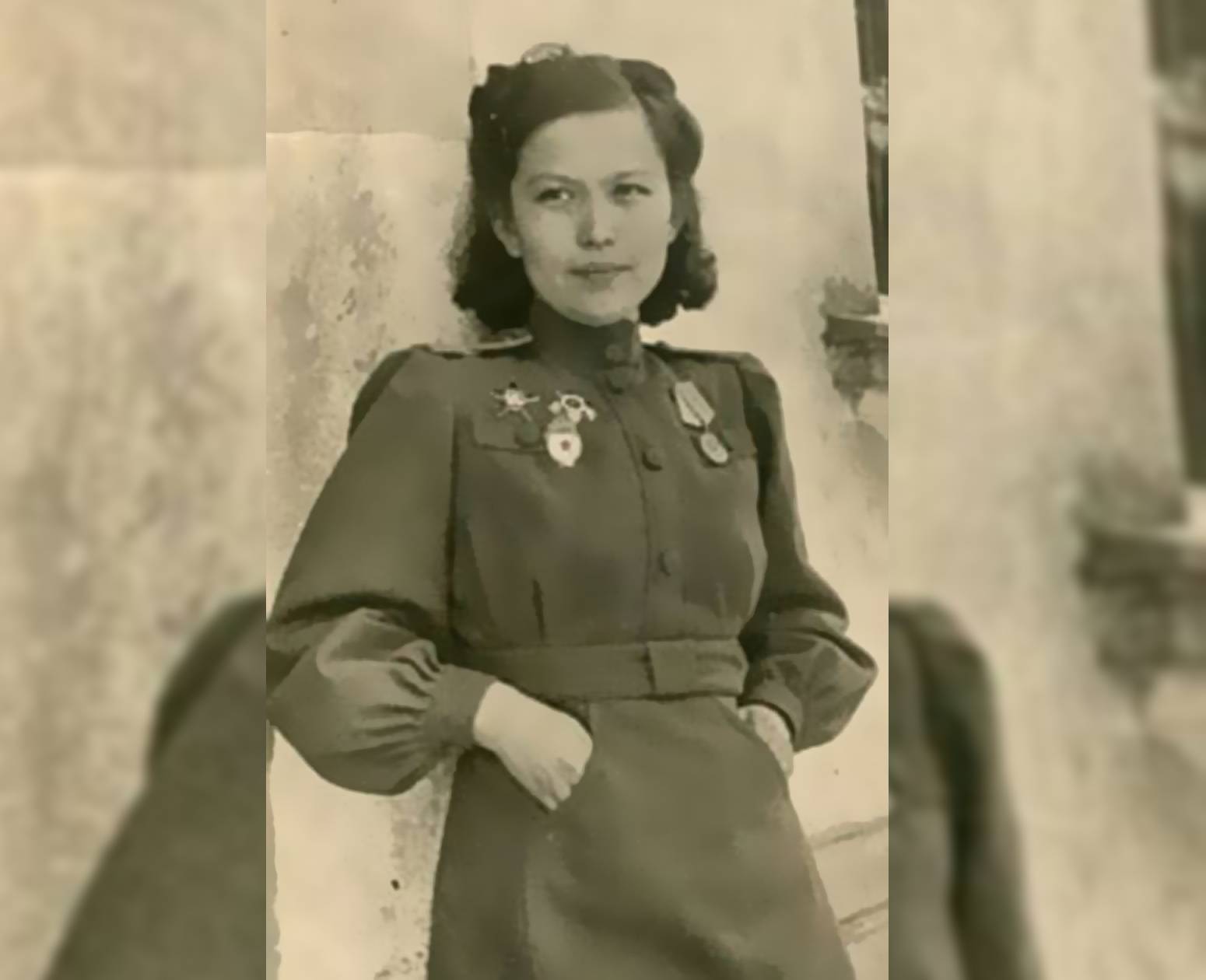 Unknown Author, Wikimedia Commons
Unknown Author, Wikimedia Commons
Khiuaz Dospanova
Dospanova suffered severe injuries to her legs in a collision in 1943. This collision was between two of the Night Witches own planes and Dospanova was the only one to survive. Despite eventually returning to active service, her legs continued to ail her and likely contributed to her appointment to head of communications, following Stupina’s passing. However, she was not sidelined entirely.
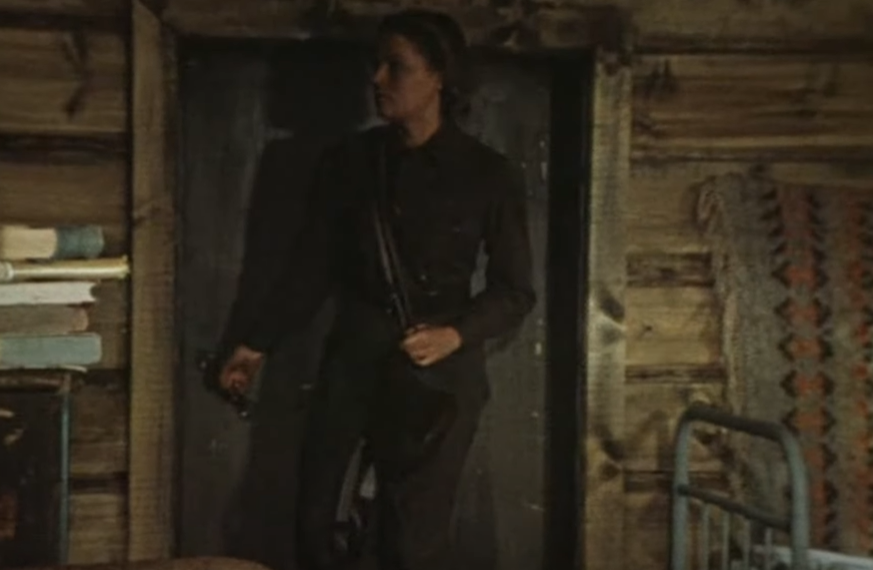 M. Gorky film studio, In the sky 'Night witches' (1981)
M. Gorky film studio, In the sky 'Night witches' (1981)
Khiuaz Dospanova
Due to the strength and perseverance that she showed, Dospanova was awarded the title Hero of Kazakhstan in 2004, and Atyrau International Airport is named in her honor. Honors such as this were high within the Night Witches.
Awards And Recognition
The above-mentioned women were not the only ones who were recognized for their service. 23 women from within the group were awarded the title Hero of the Soviet Union, and two were awarded Hero of the Russian Federation. However, this recognition did not change their fates once the Night Witches ended.
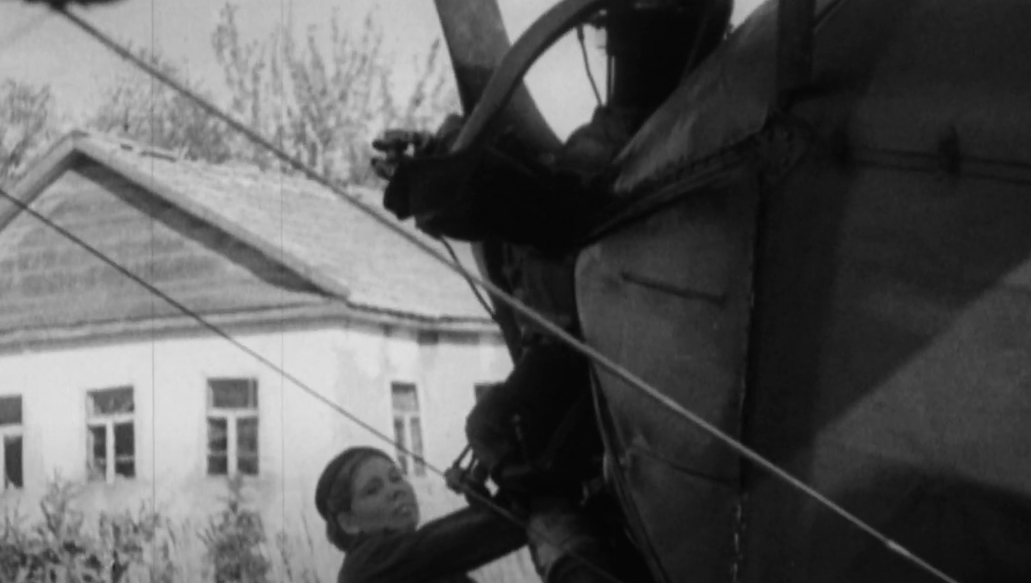 Vulcan Productions, Chronicles of Courage: Night Witches (2016–2017)
Vulcan Productions, Chronicles of Courage: Night Witches (2016–2017)
The Following Years
As many women discovered, it was often difficult to return to regular life after the Night Witches. Although Russia became the first country to declare equality for women in 1917, they were still expected, by society, to prioritize family over an aviation career. It was a difficult fate, though it does not erase how their stories live on in the imagination.
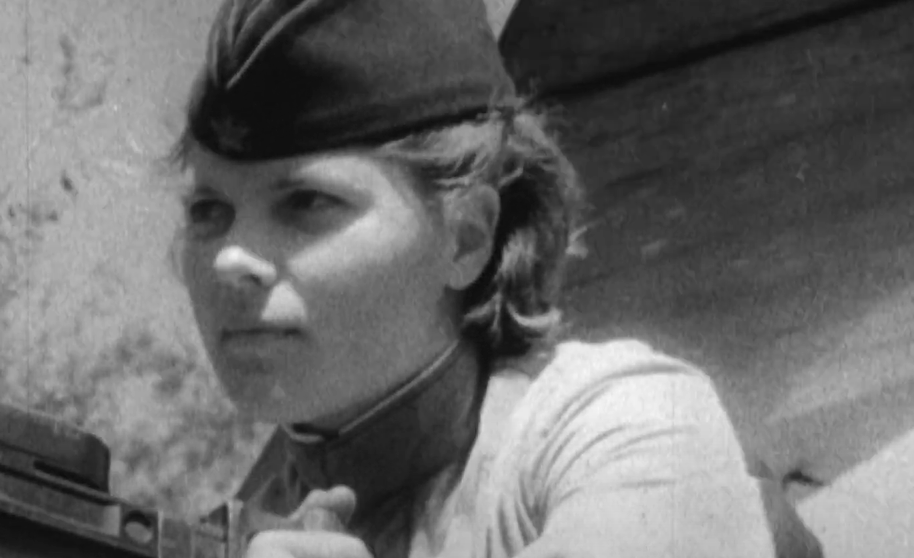 Vulcan Productions, Chronicles of Courage: Night Witches (2016–2017)
Vulcan Productions, Chronicles of Courage: Night Witches (2016–2017)
The Night Witches In Fiction
There have been several pieces of media created about or featuring these talented and fearsome aviators. If you are interested in learning more, you can watch documentaries or find fictional representations, such as in historical fiction author Kate Quinn’s The Huntress.
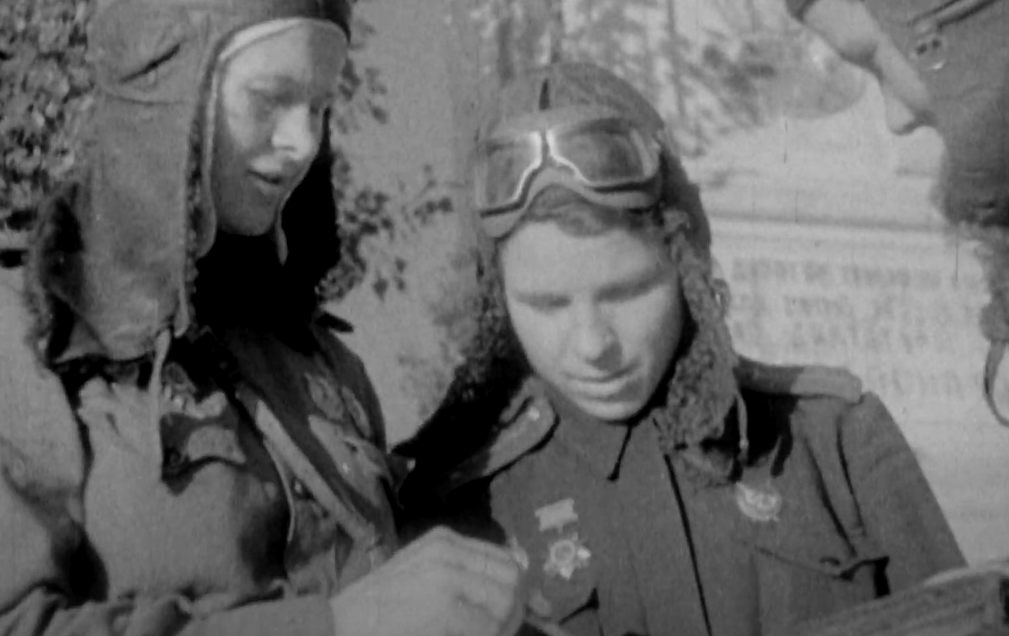 Vulcan Productions, Chronicles of Courage: Night Witches (2016–2017)
Vulcan Productions, Chronicles of Courage: Night Witches (2016–2017)


